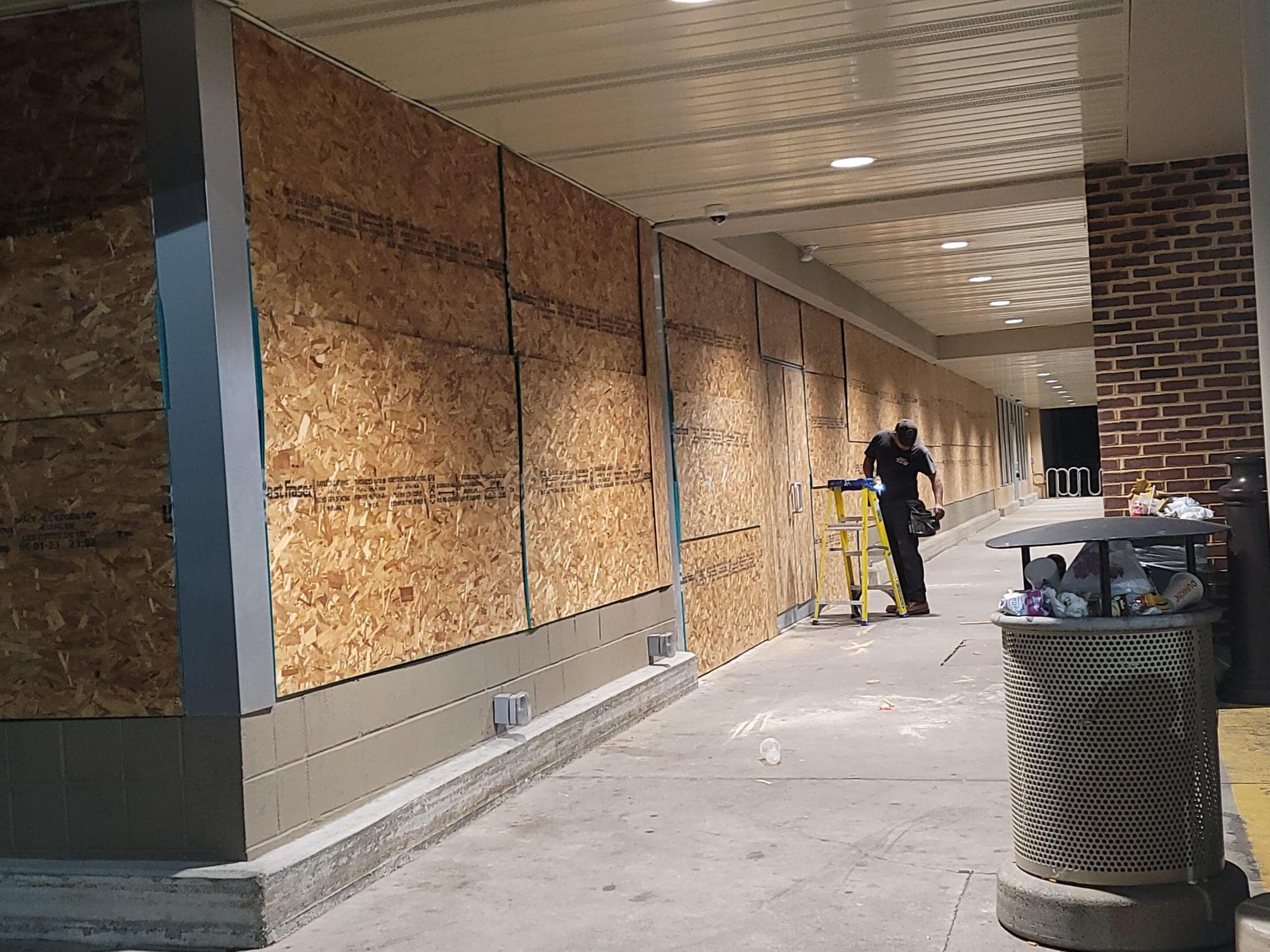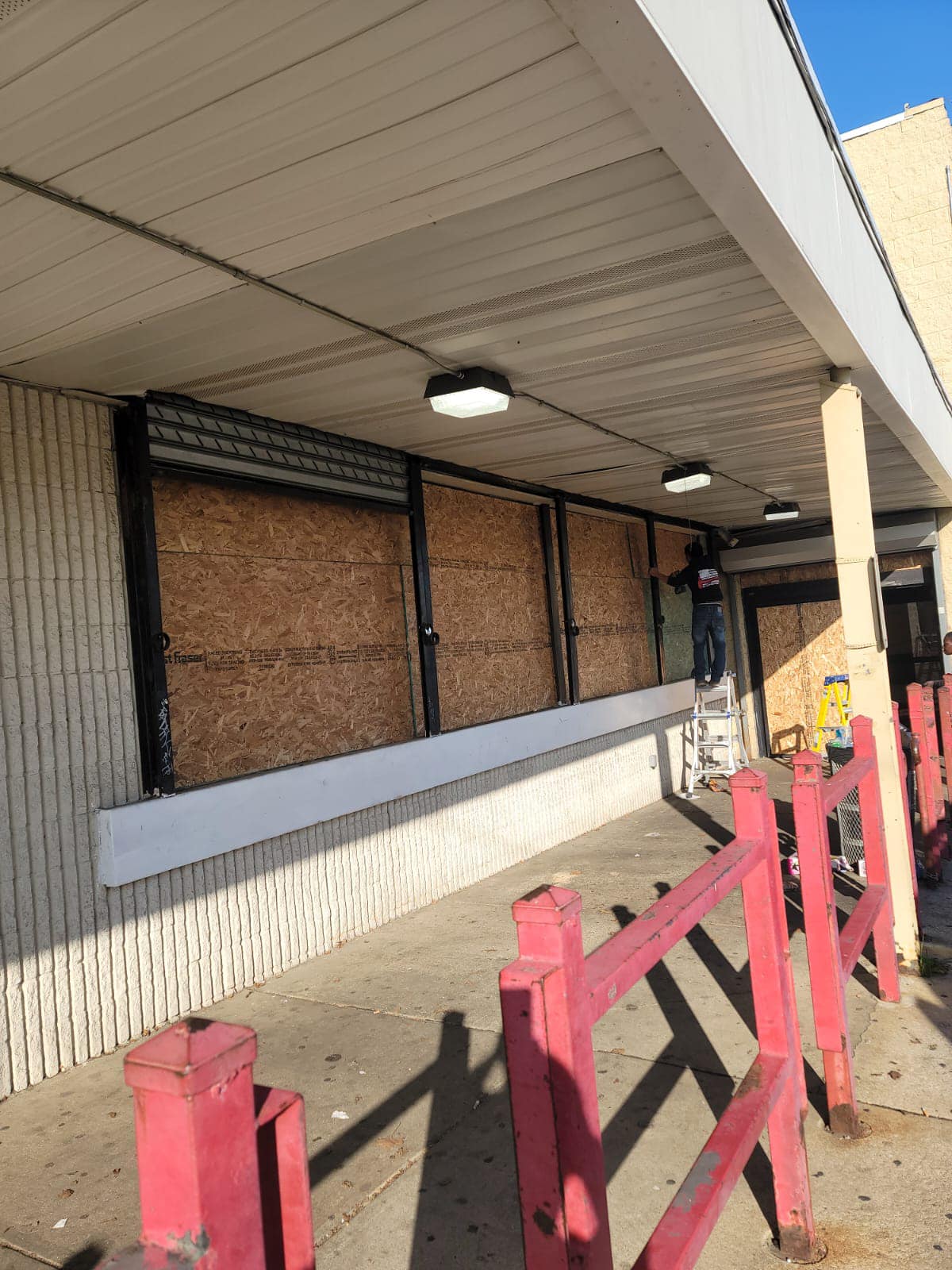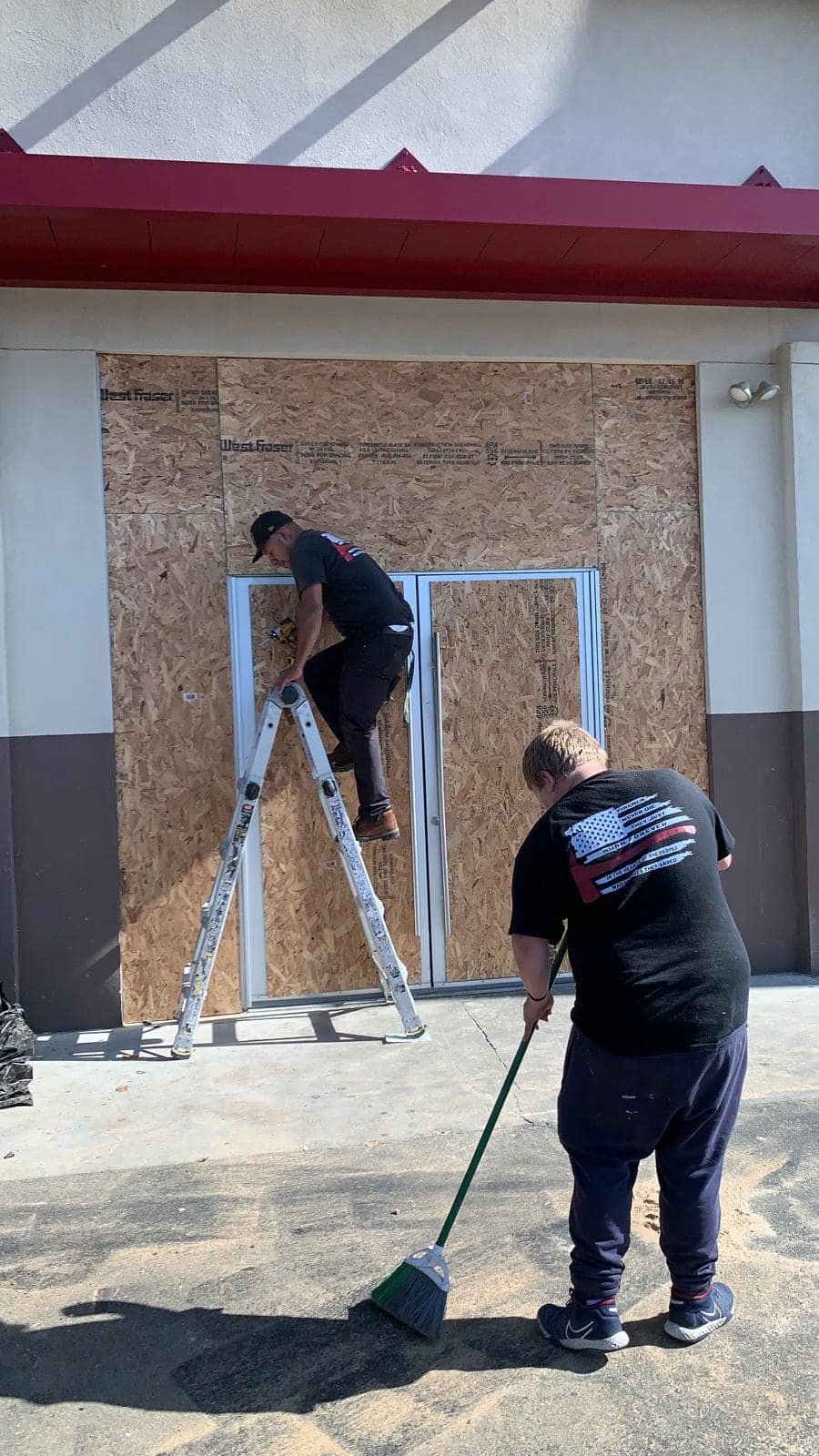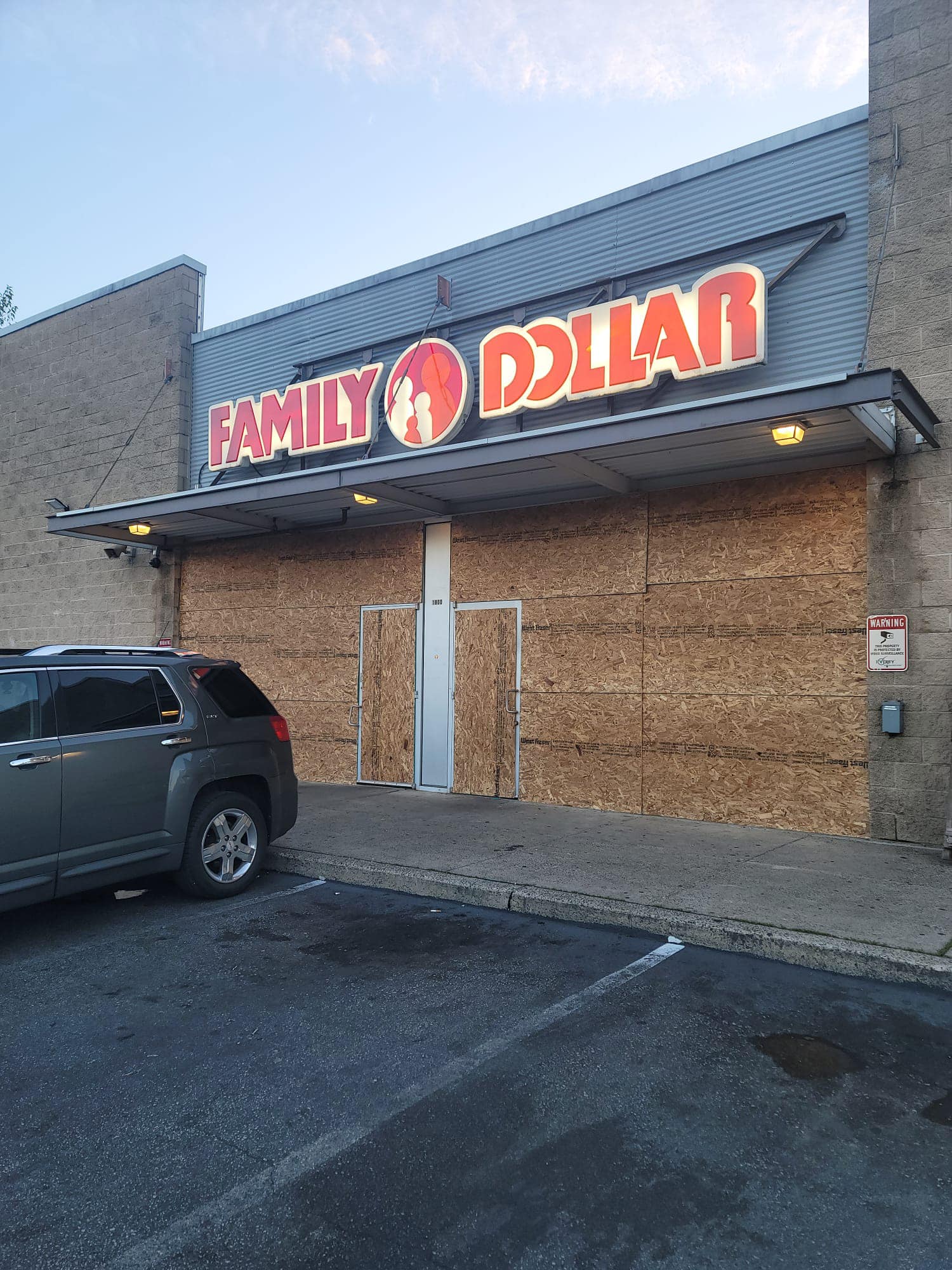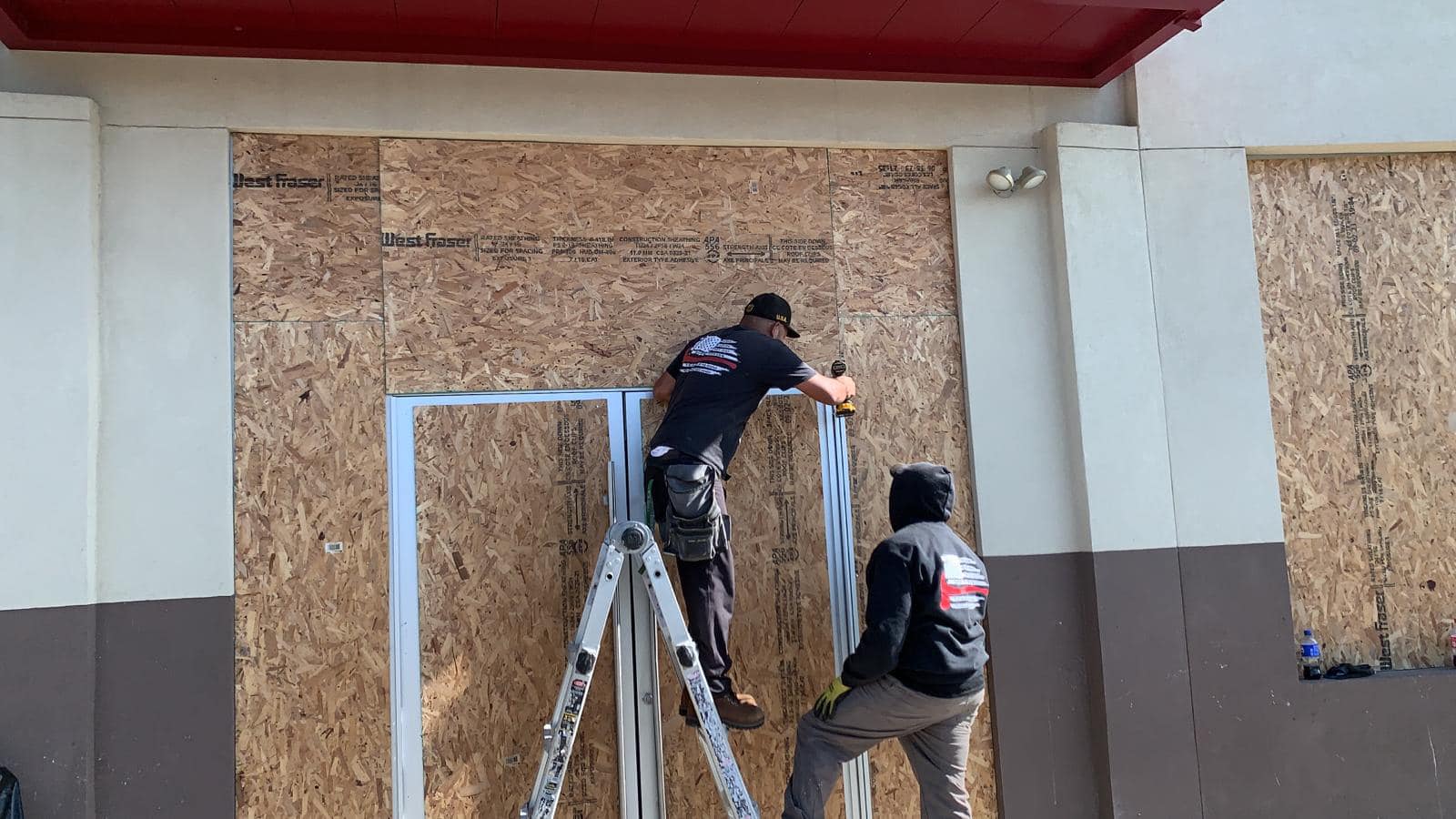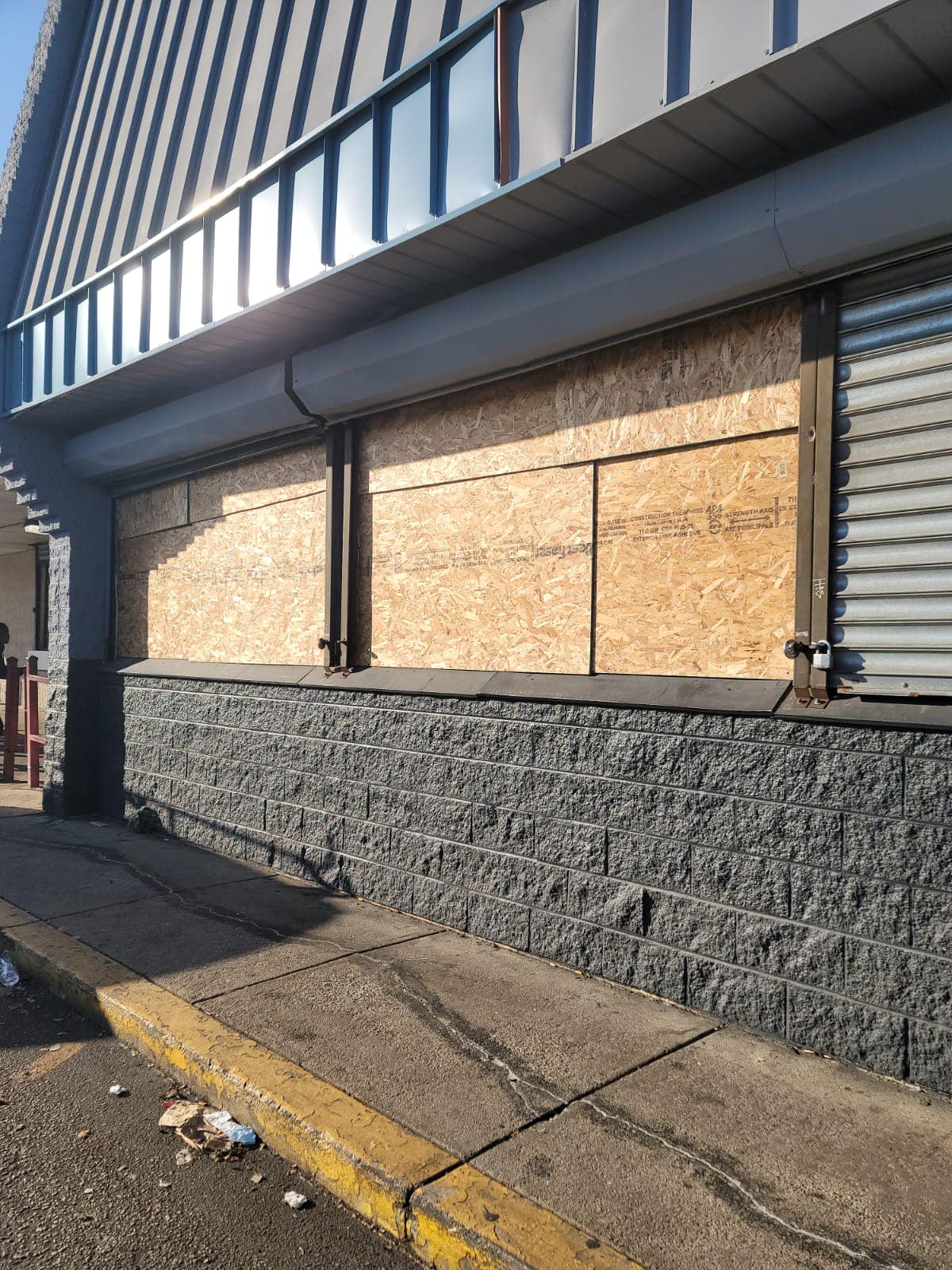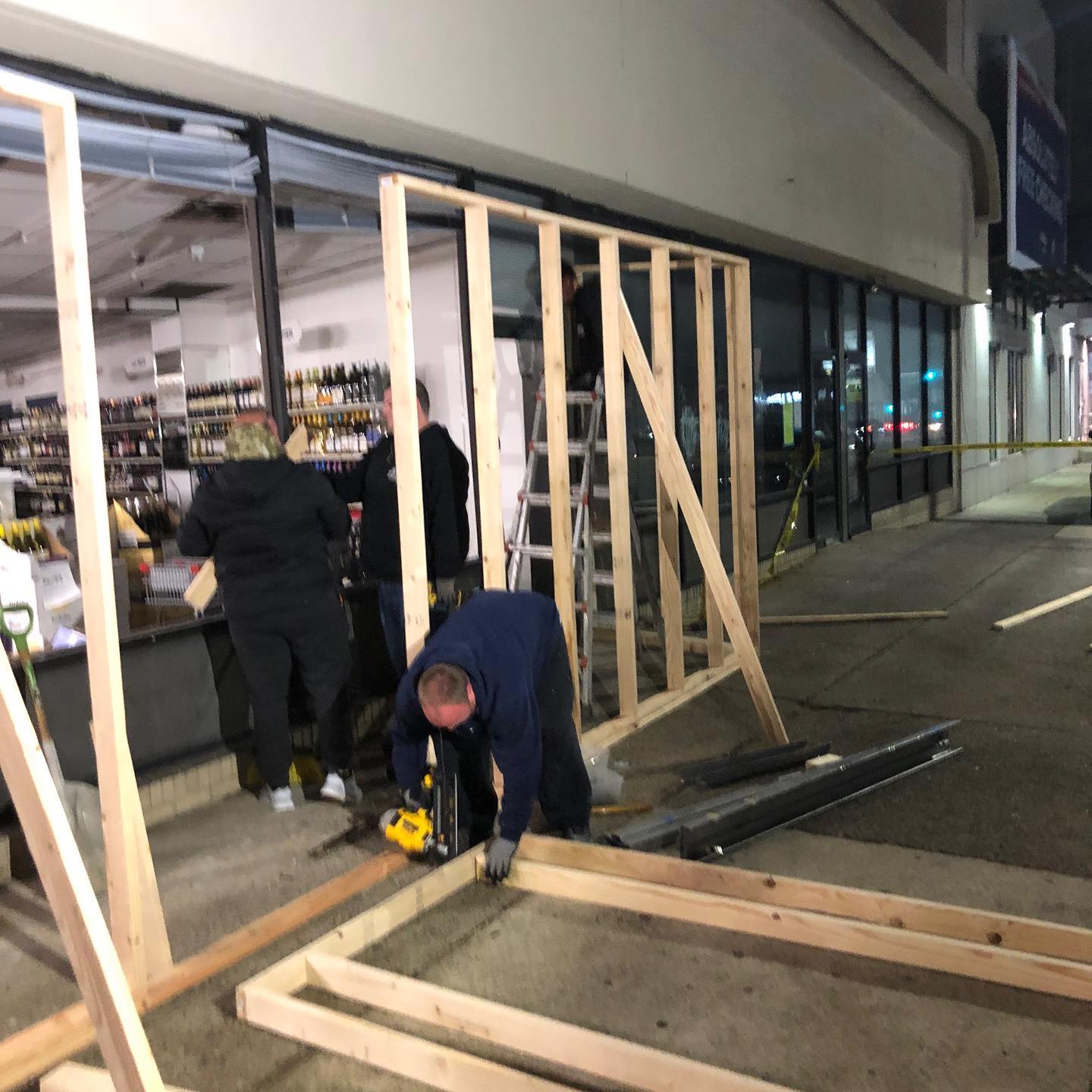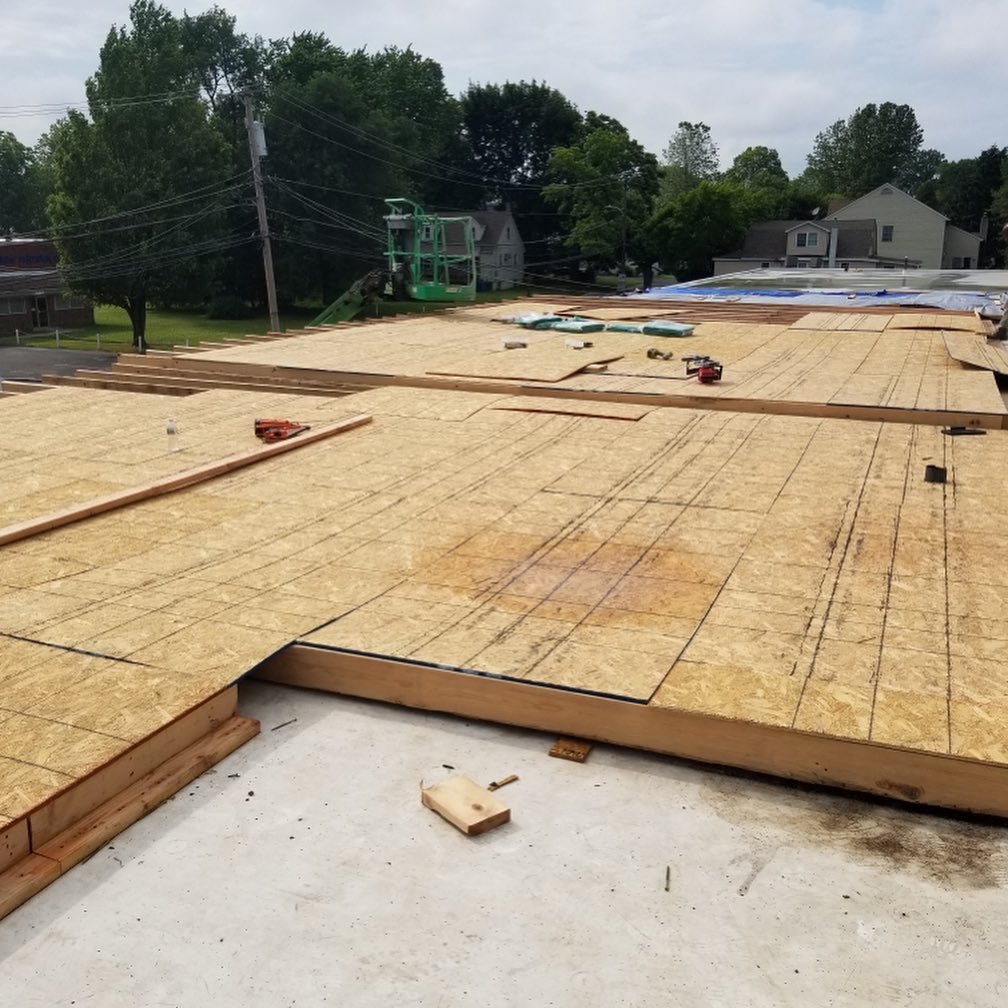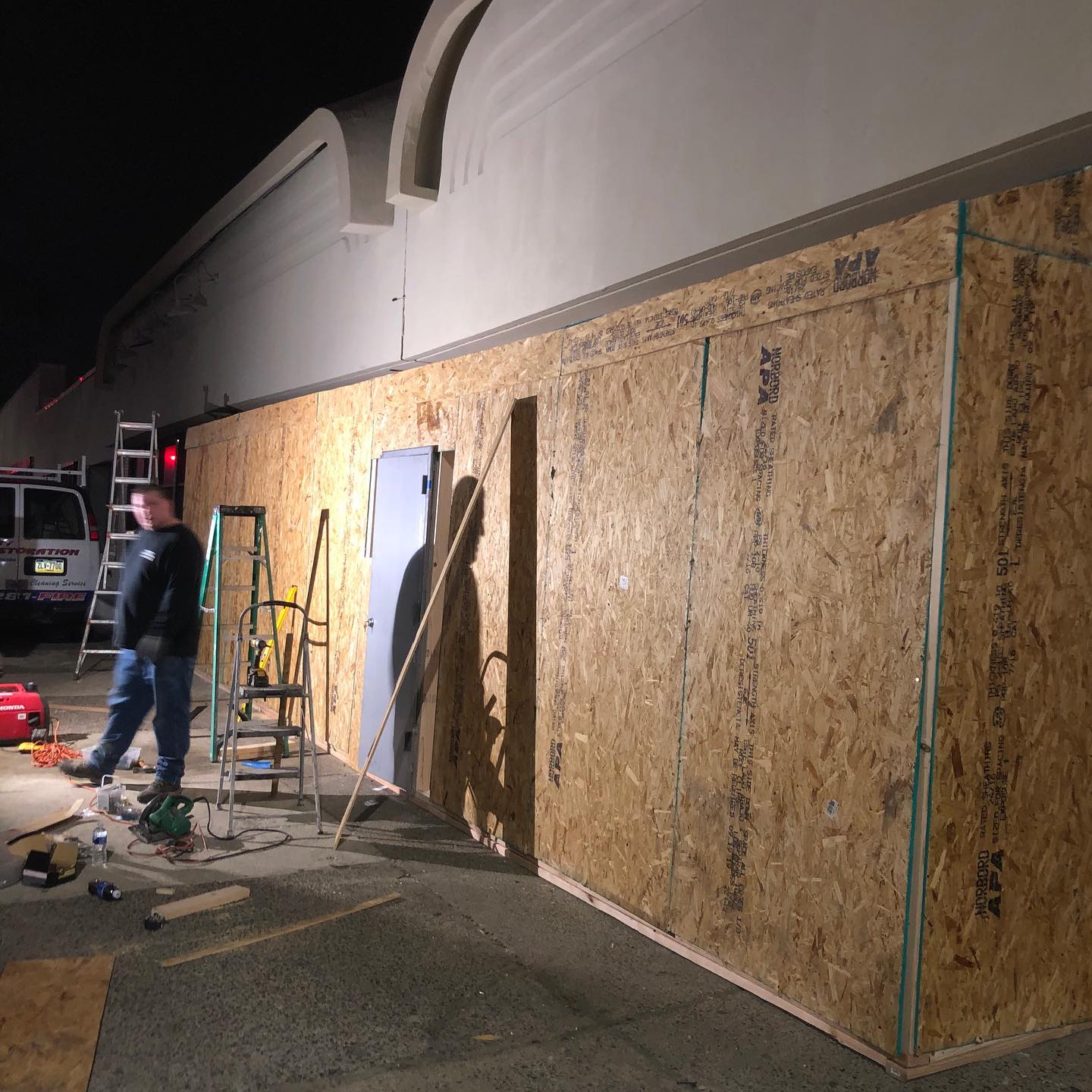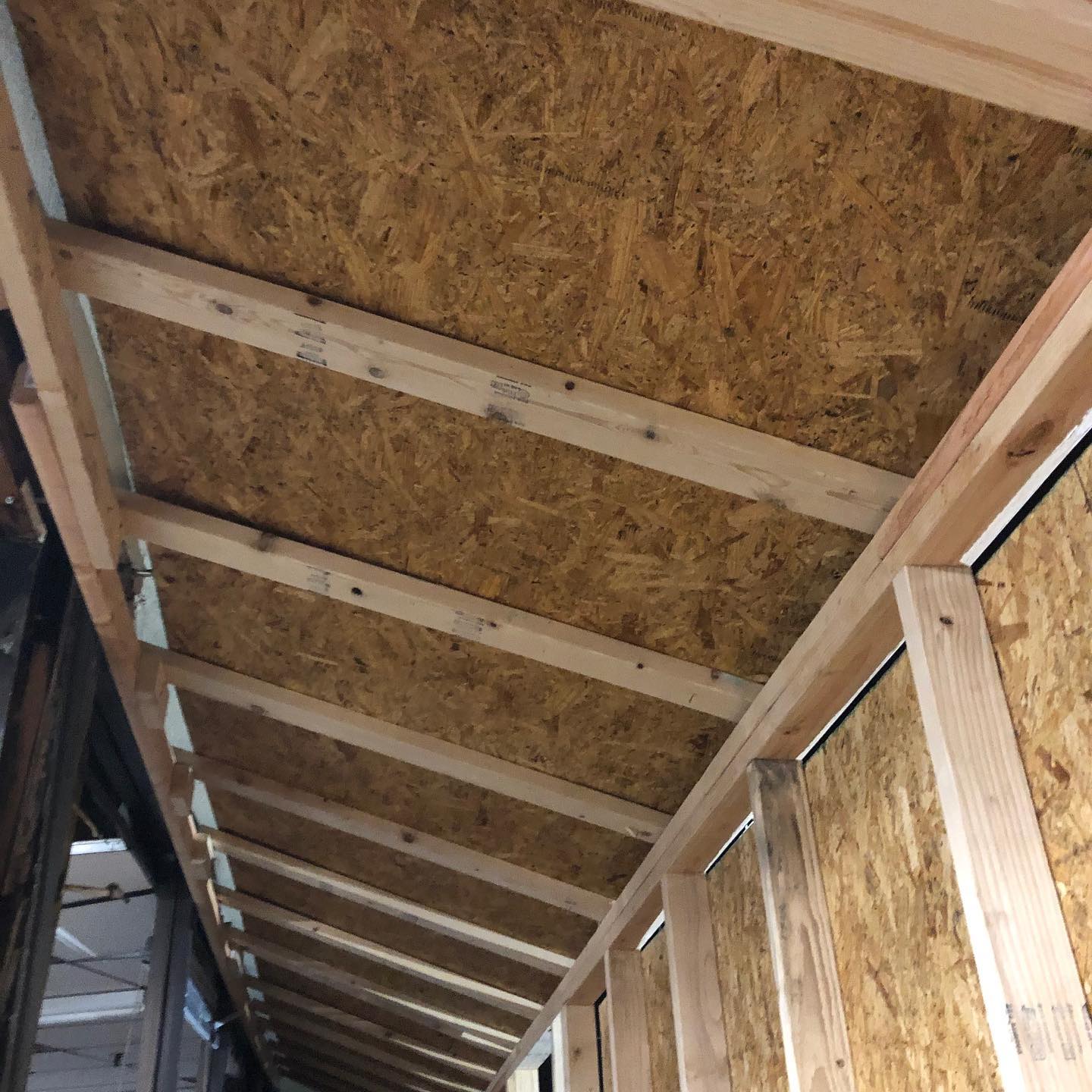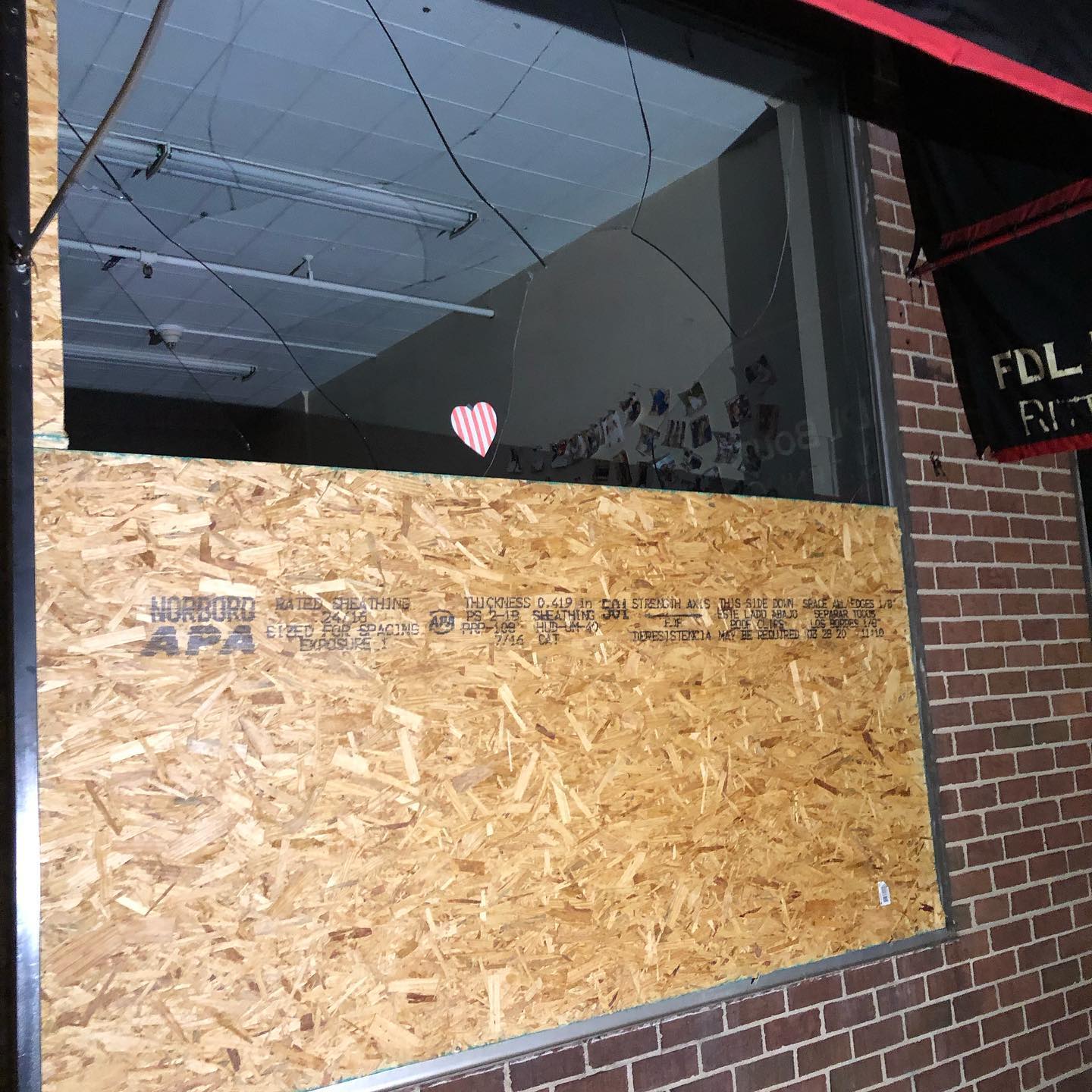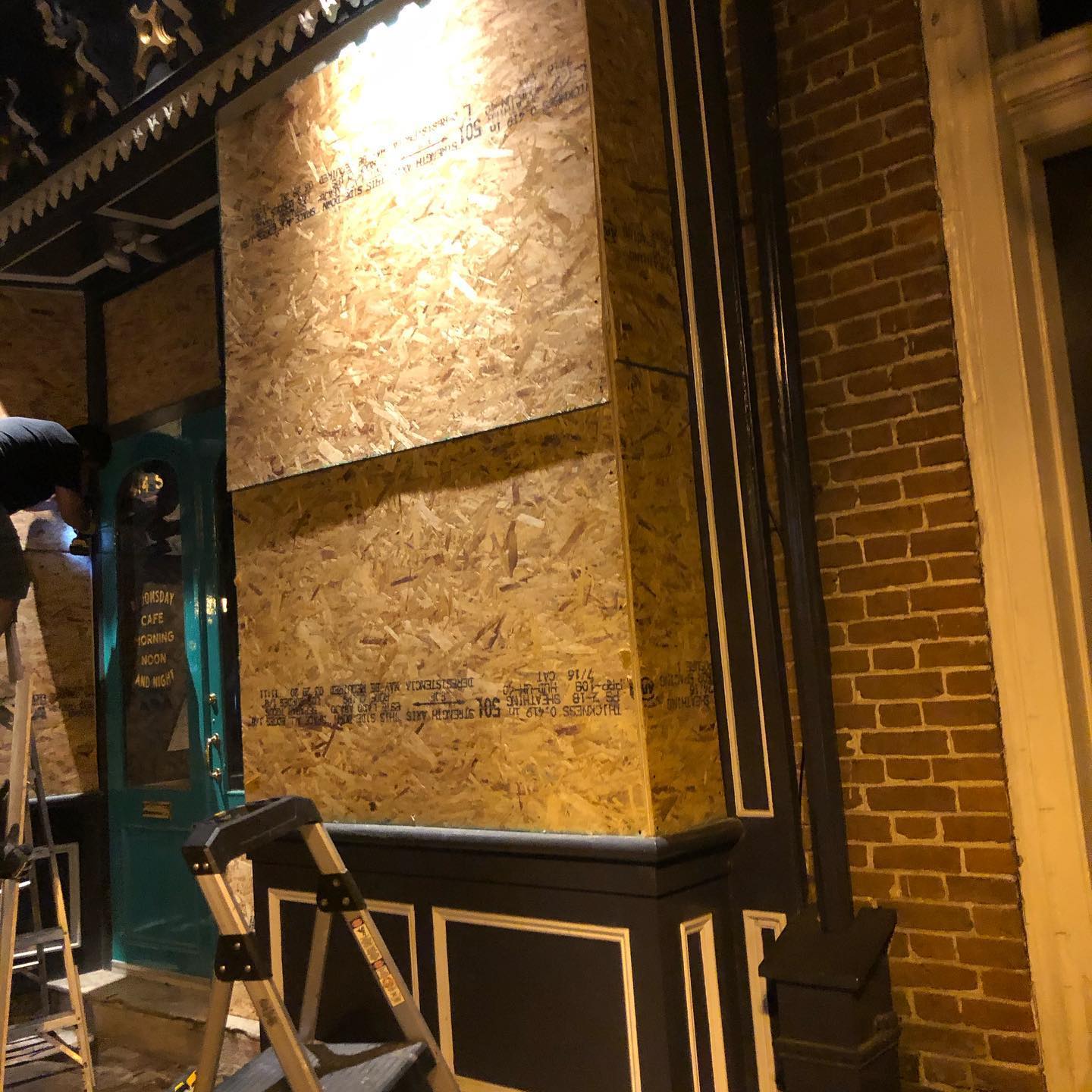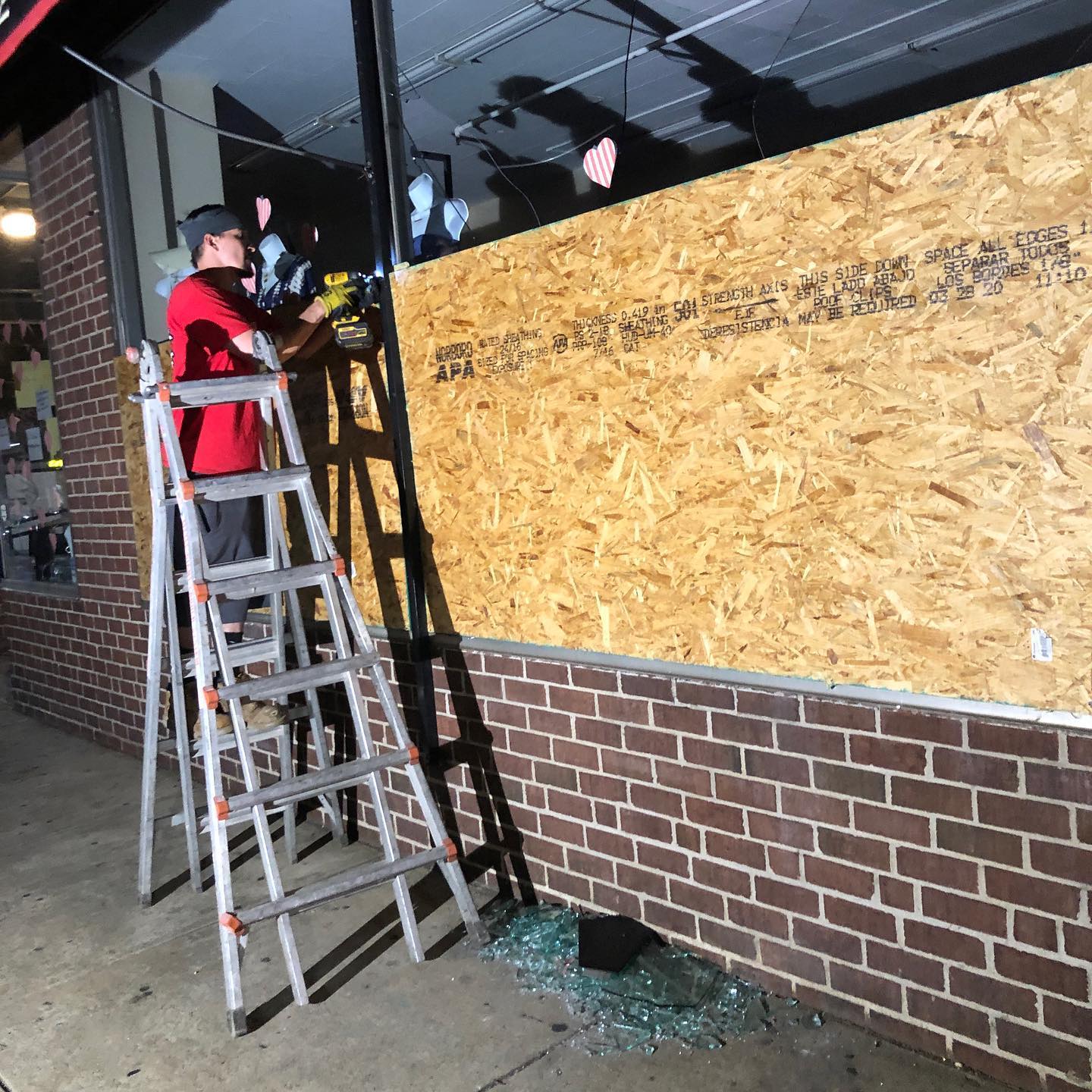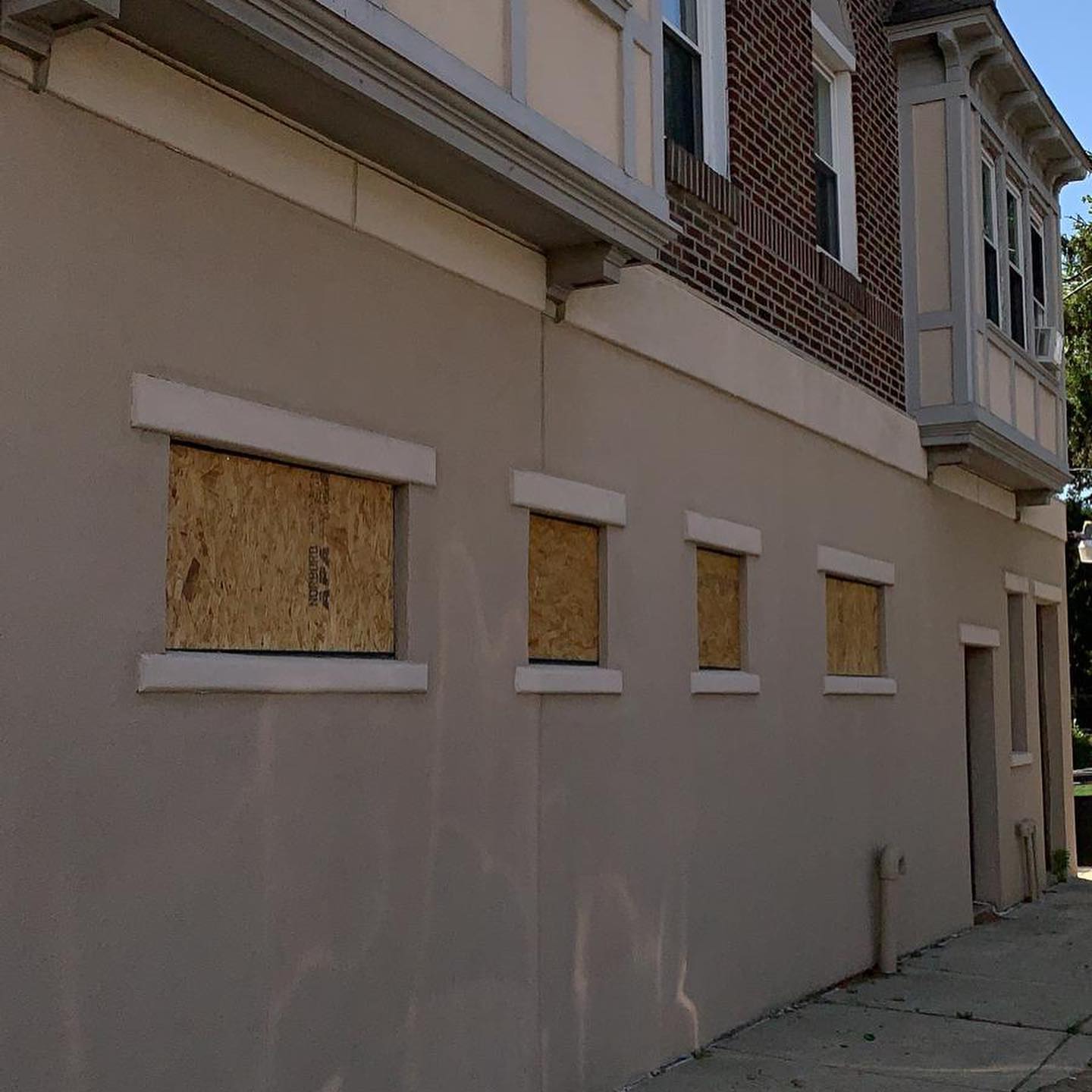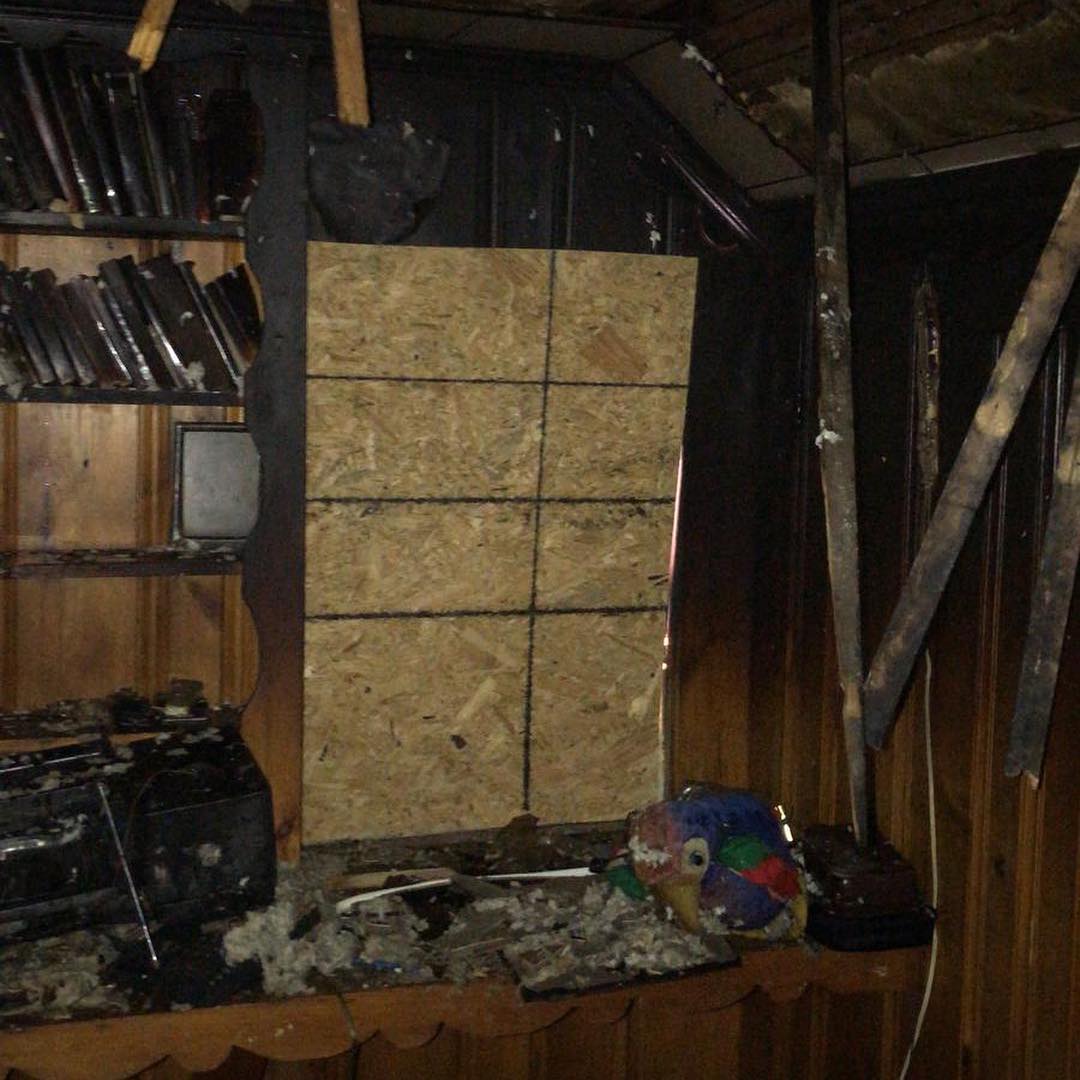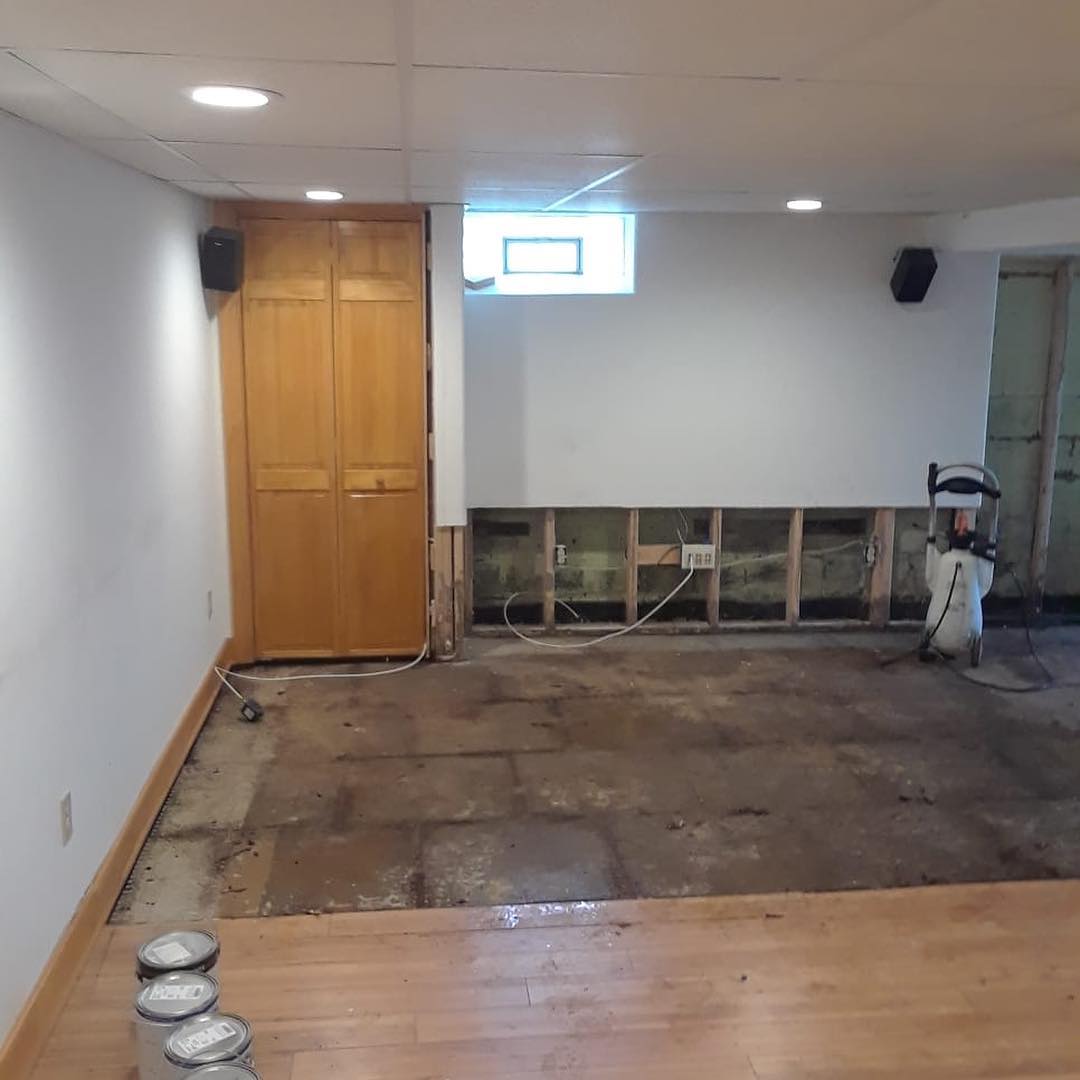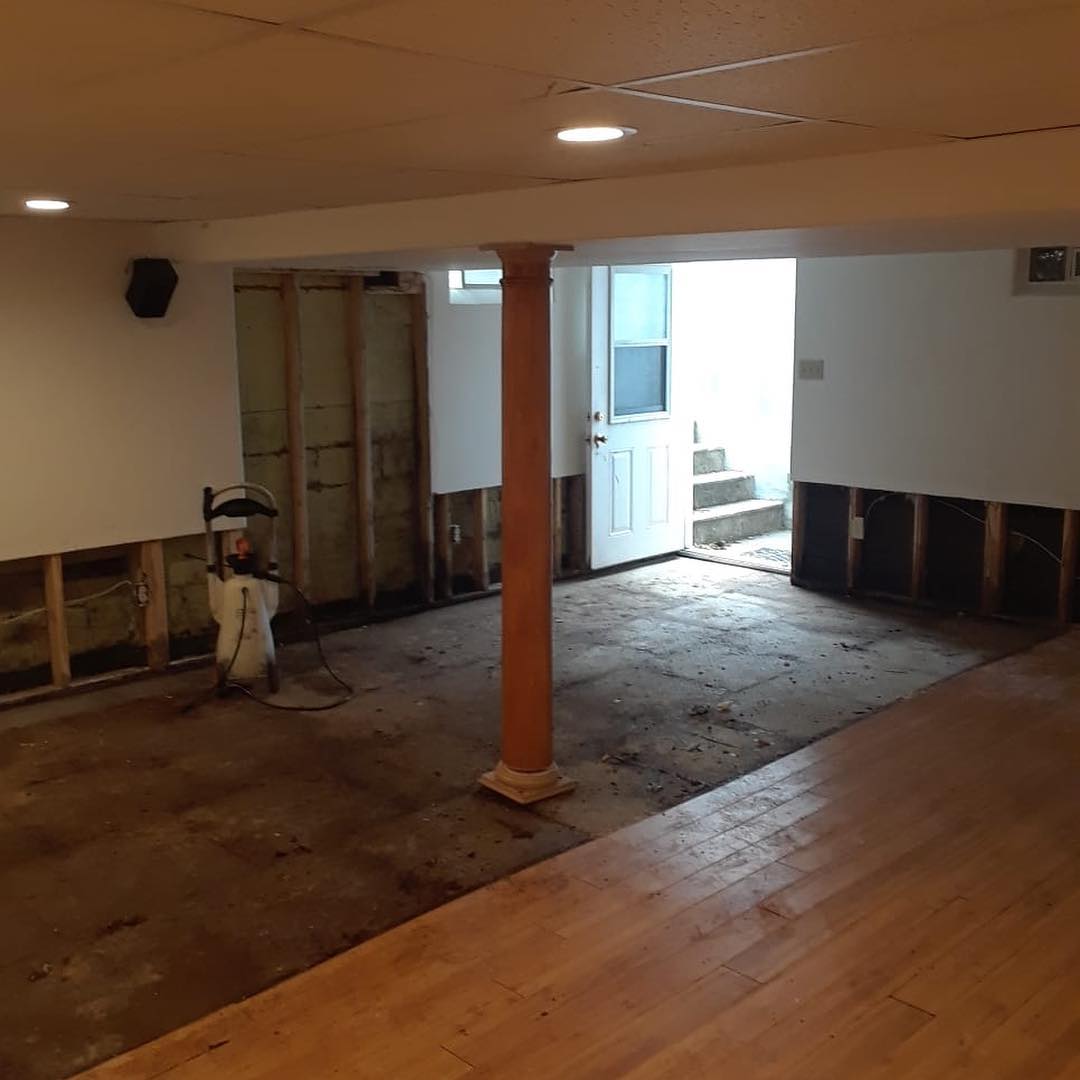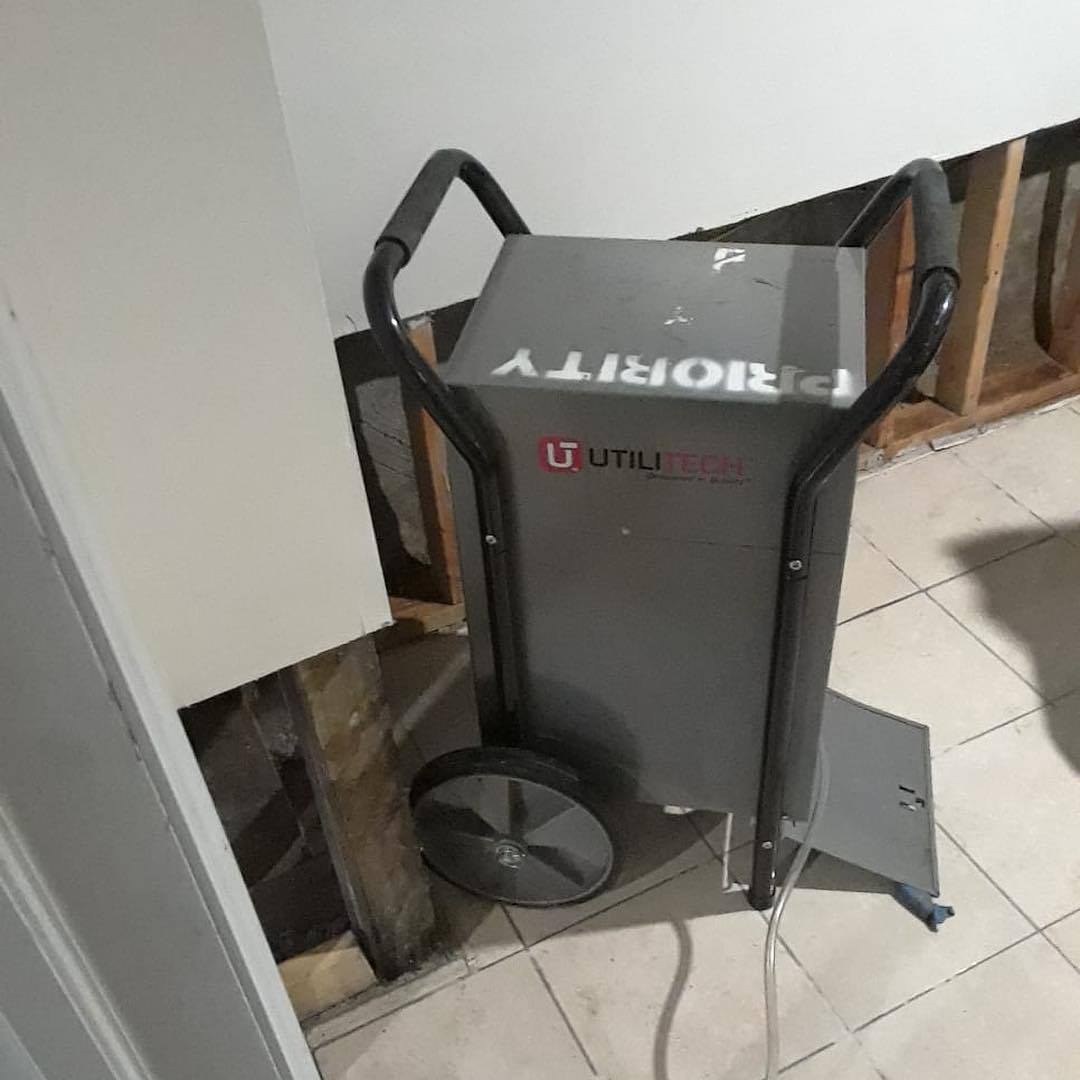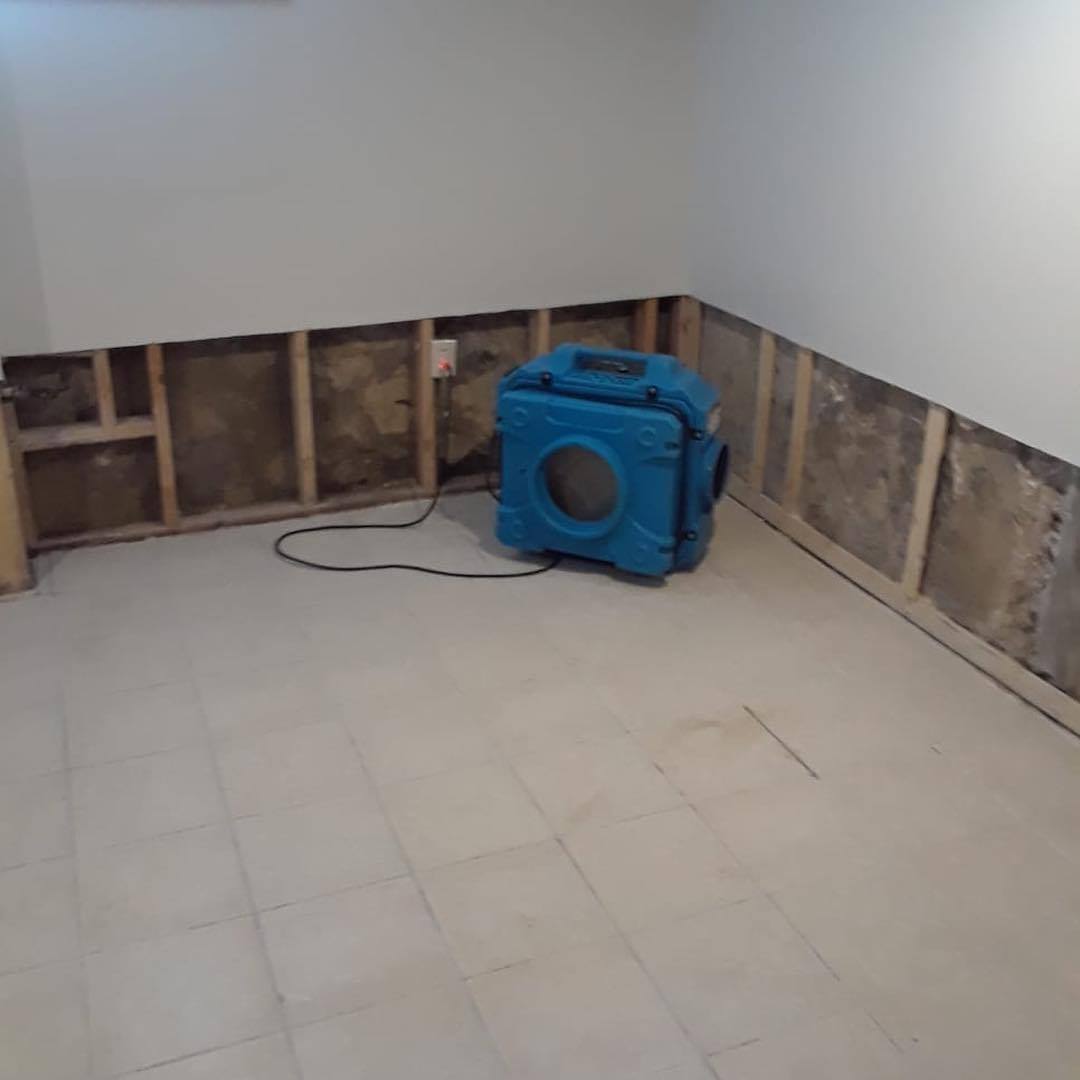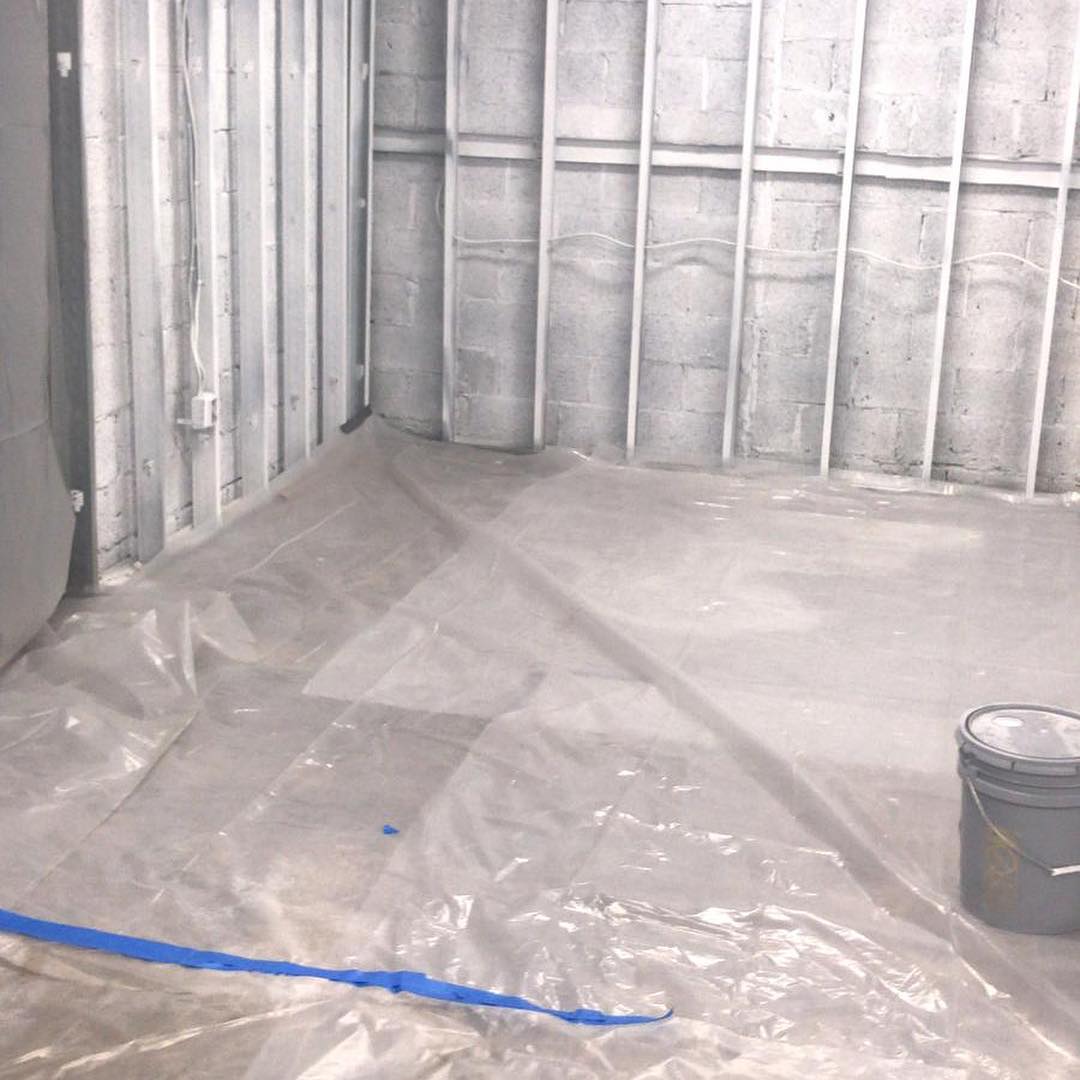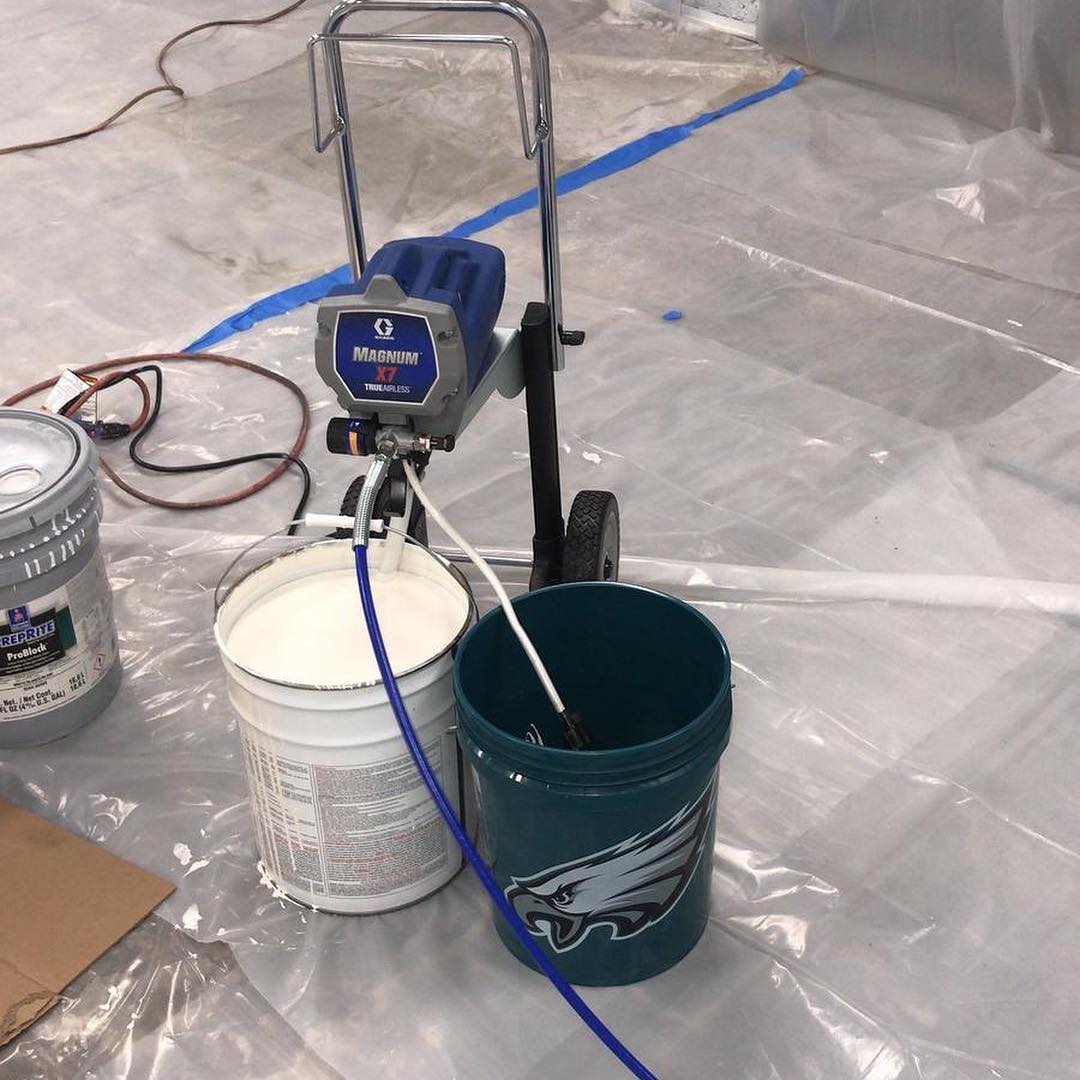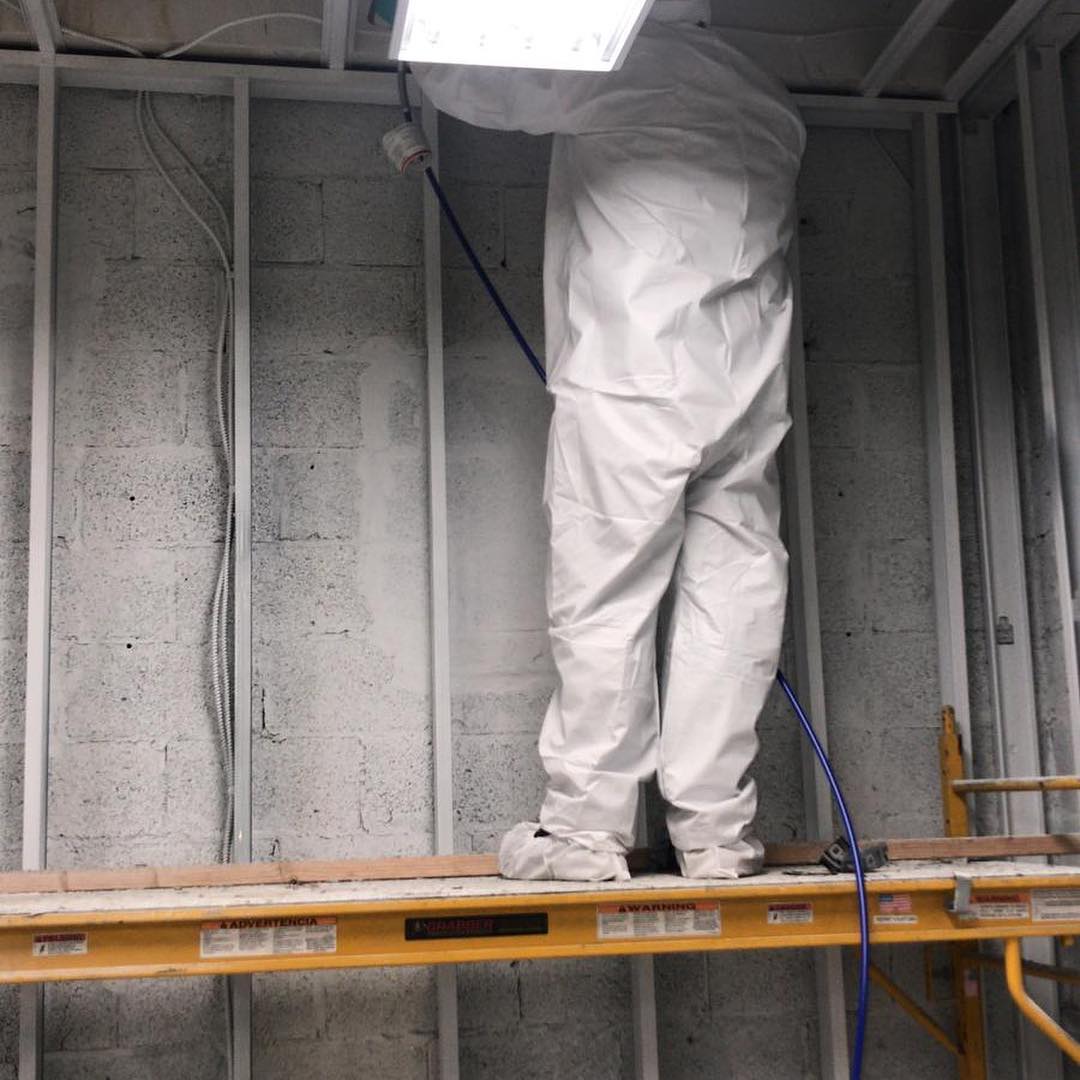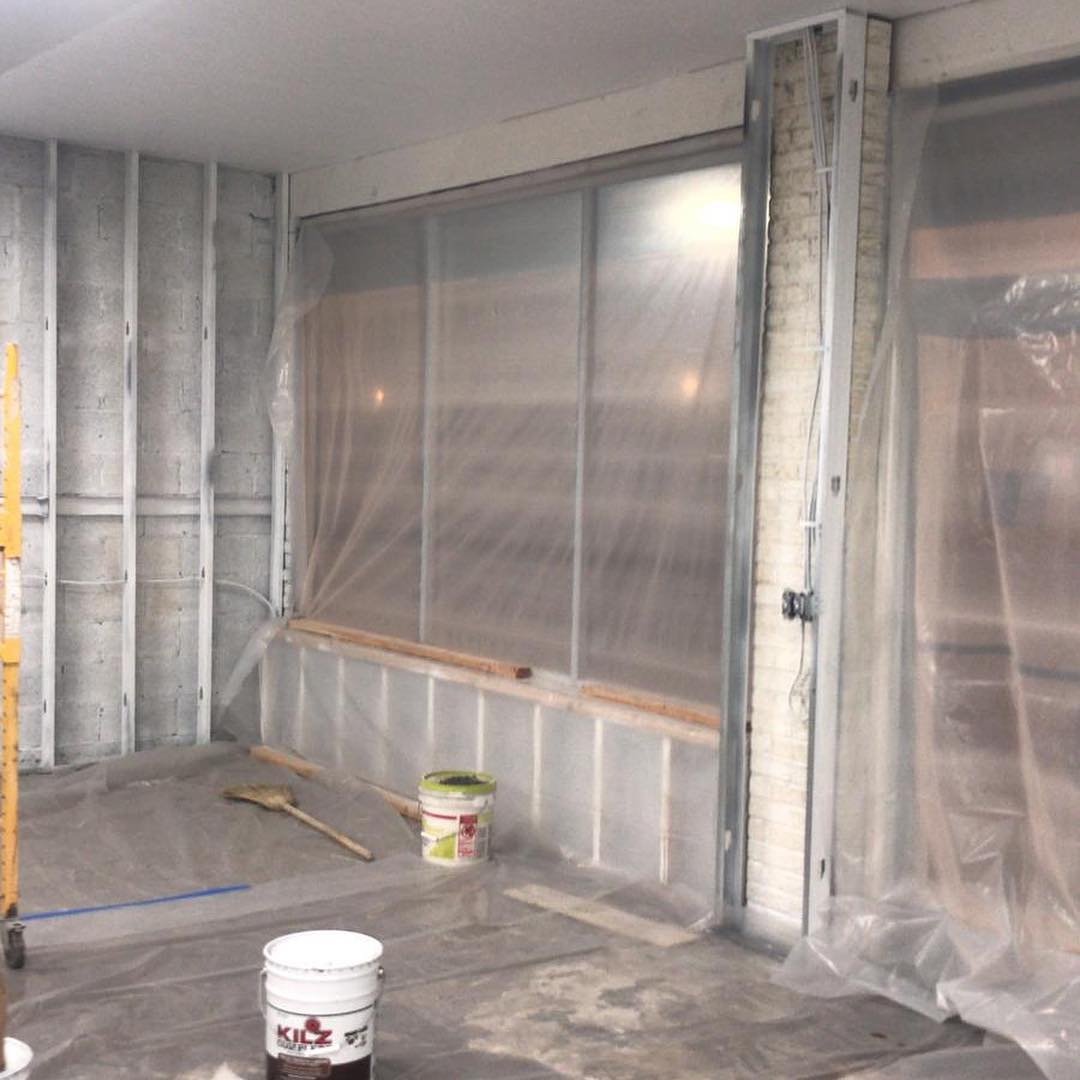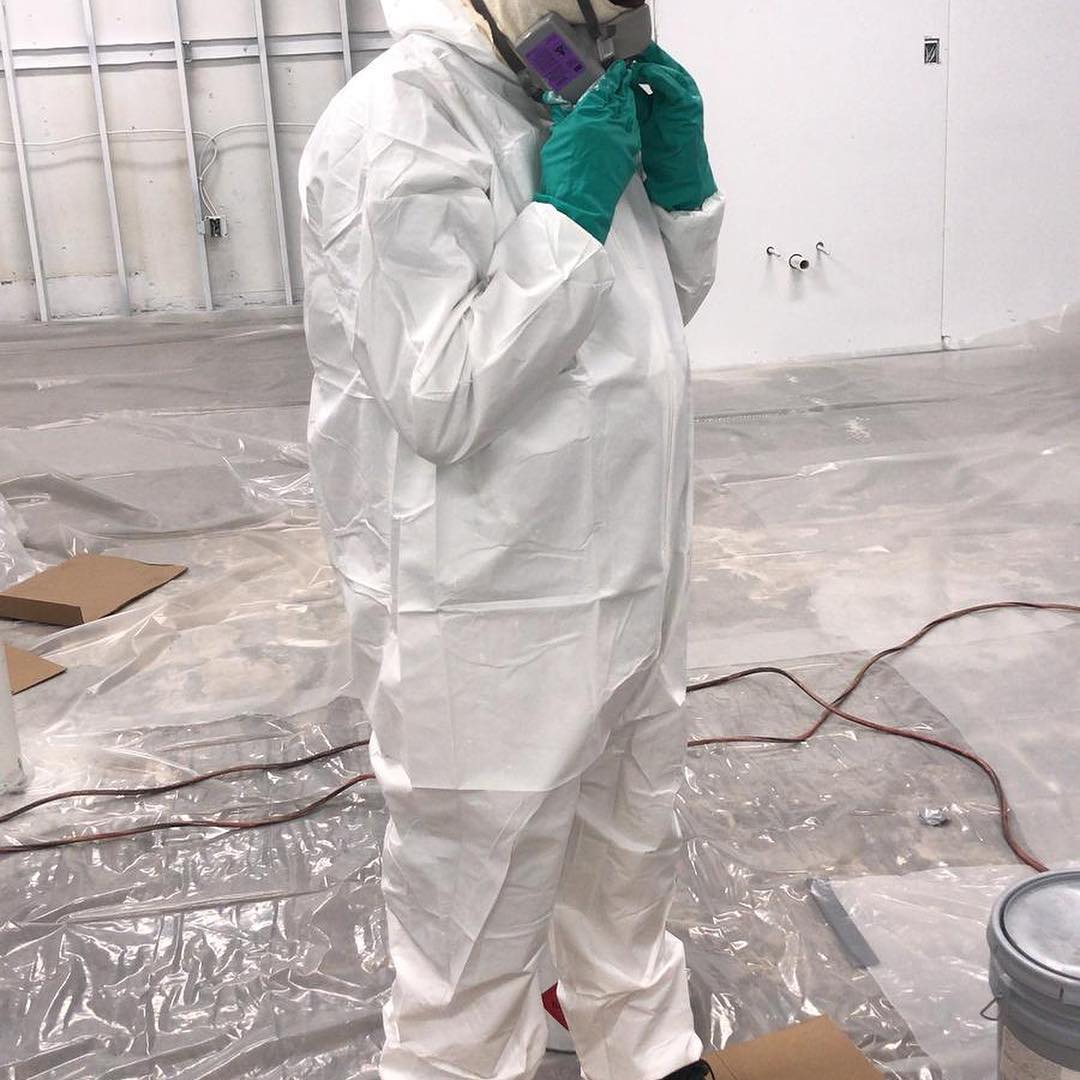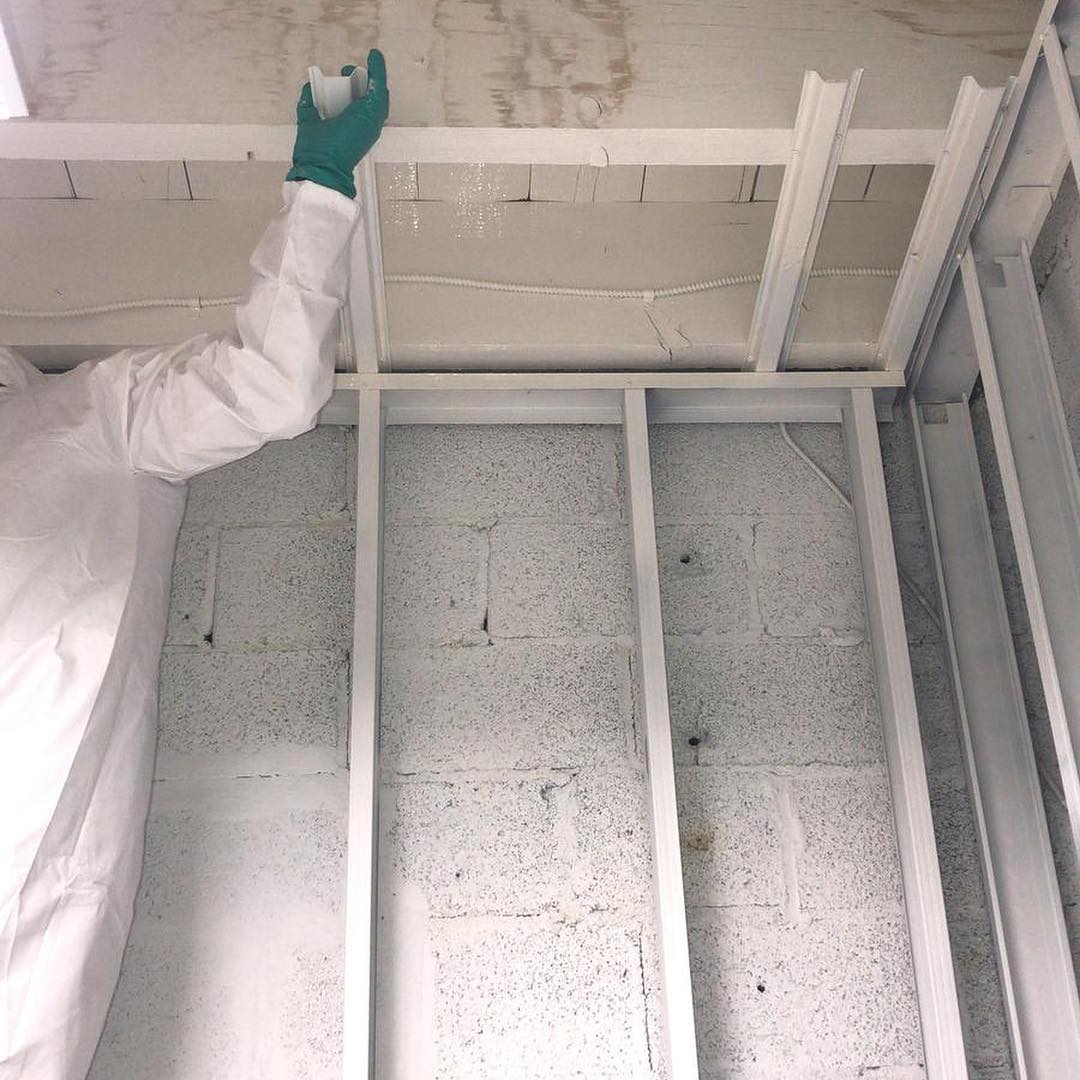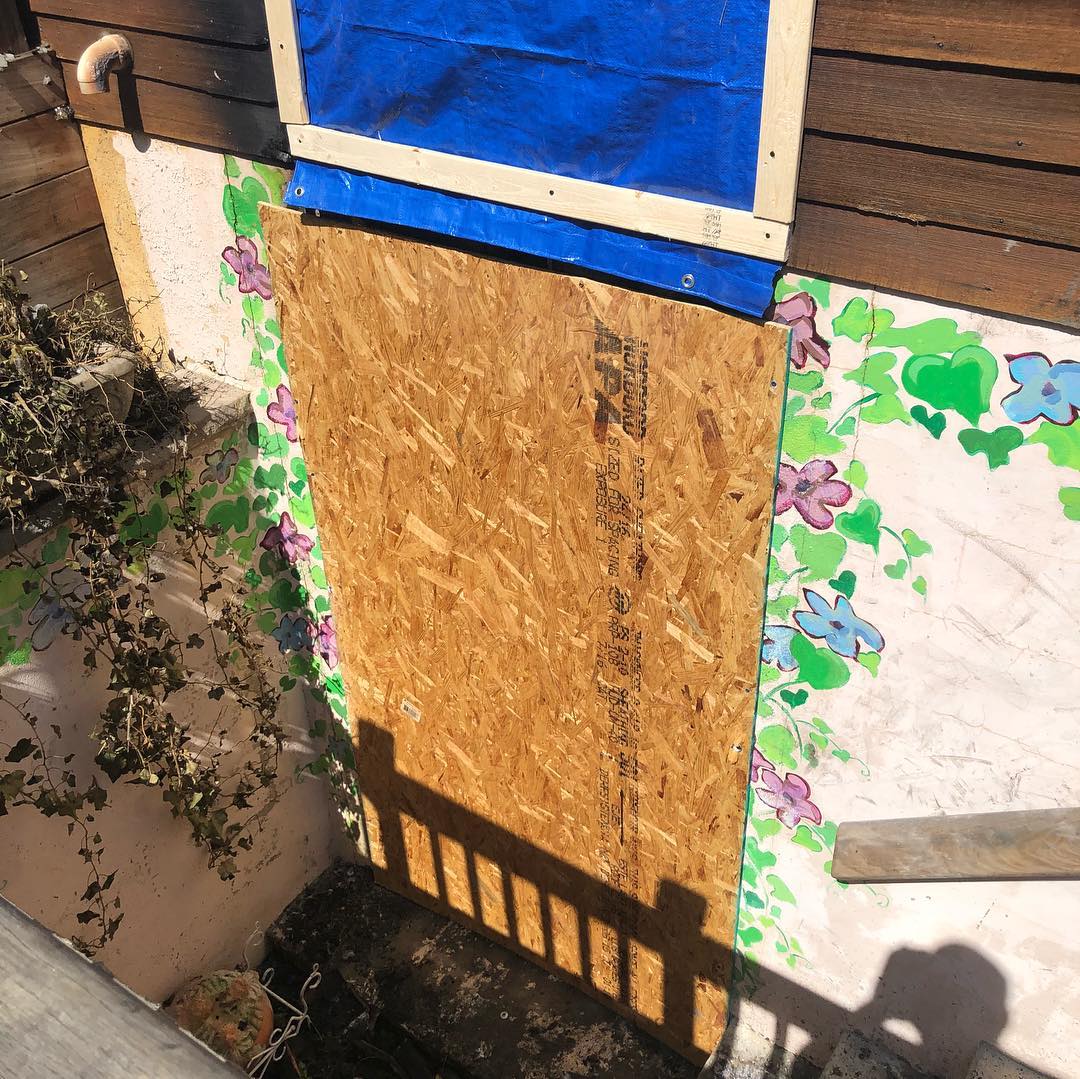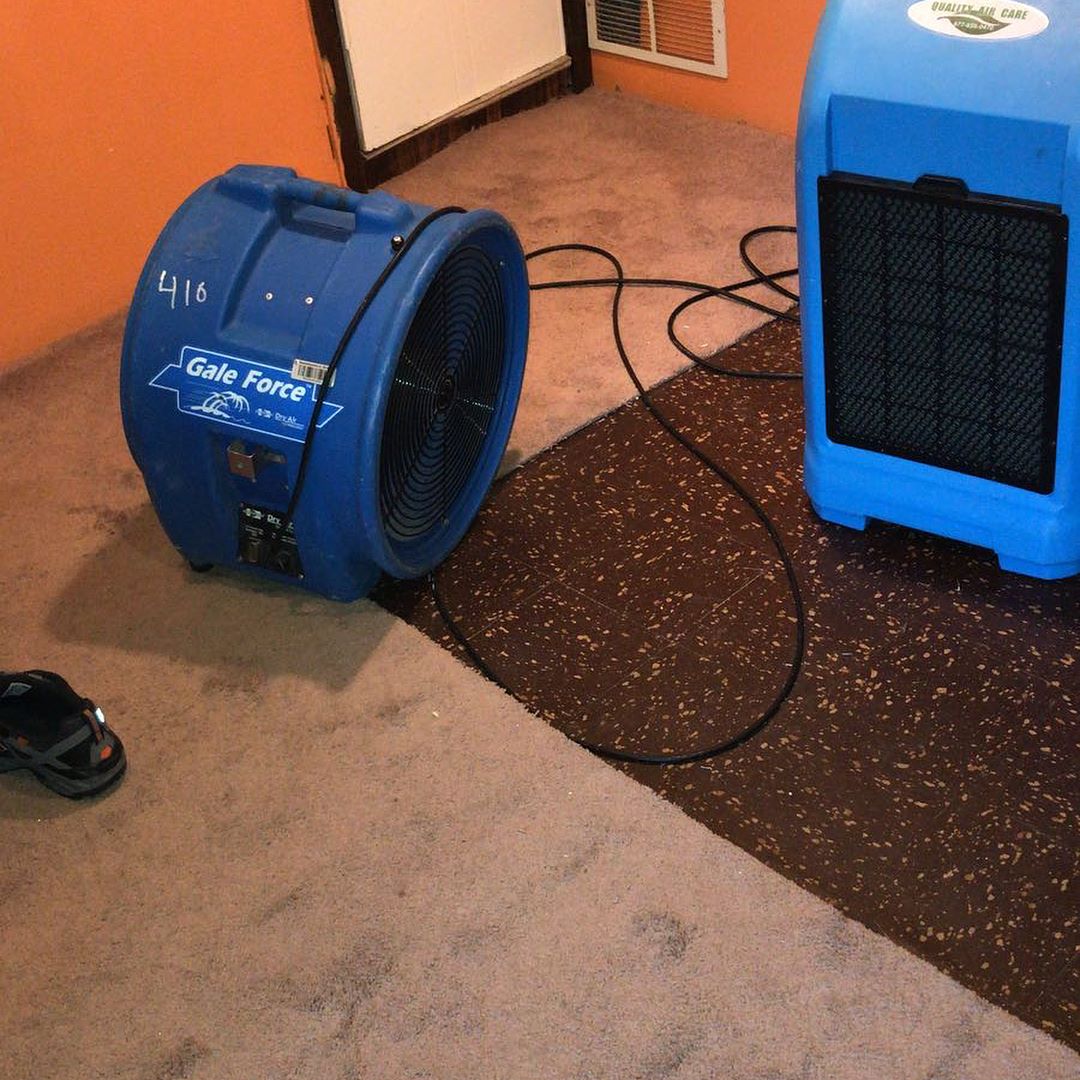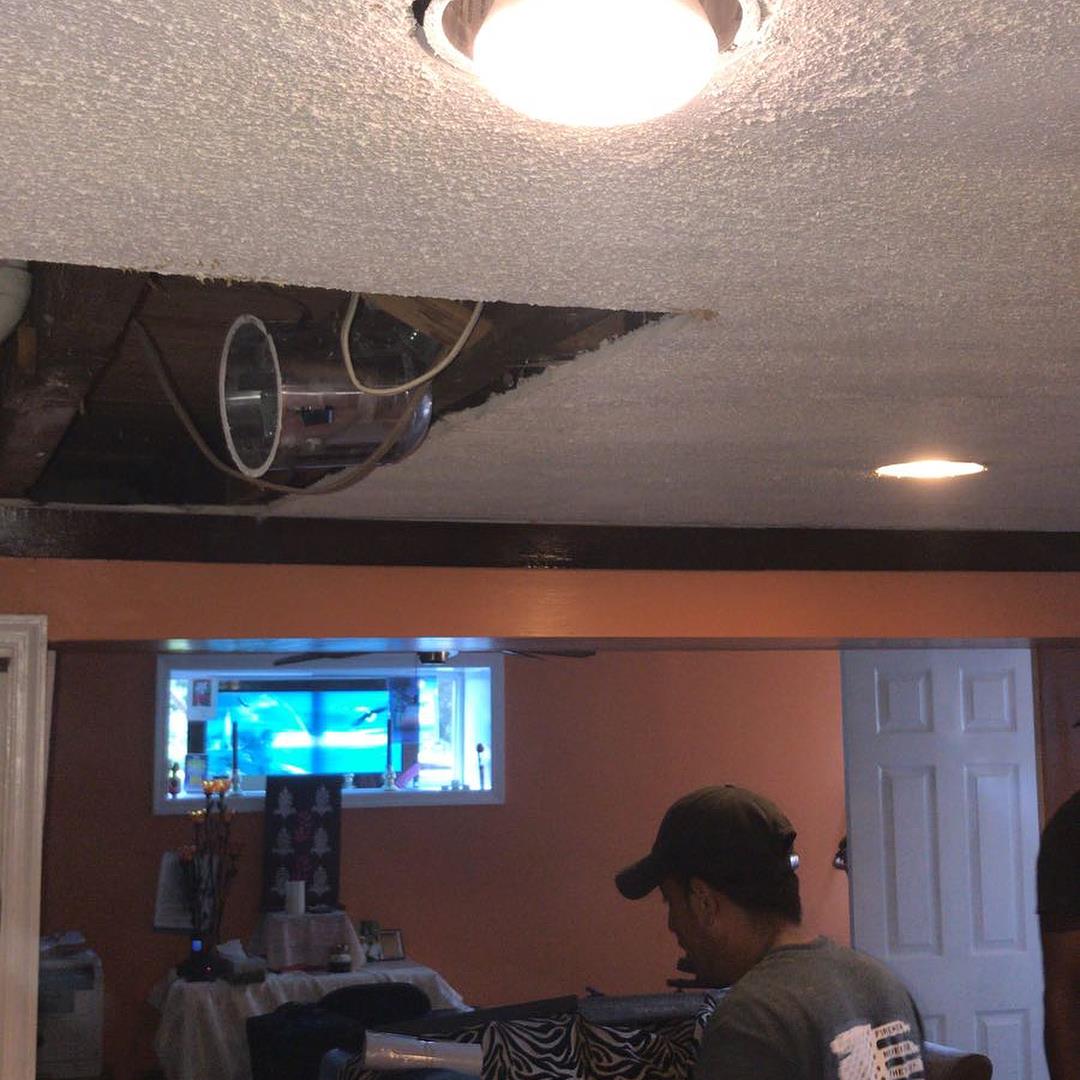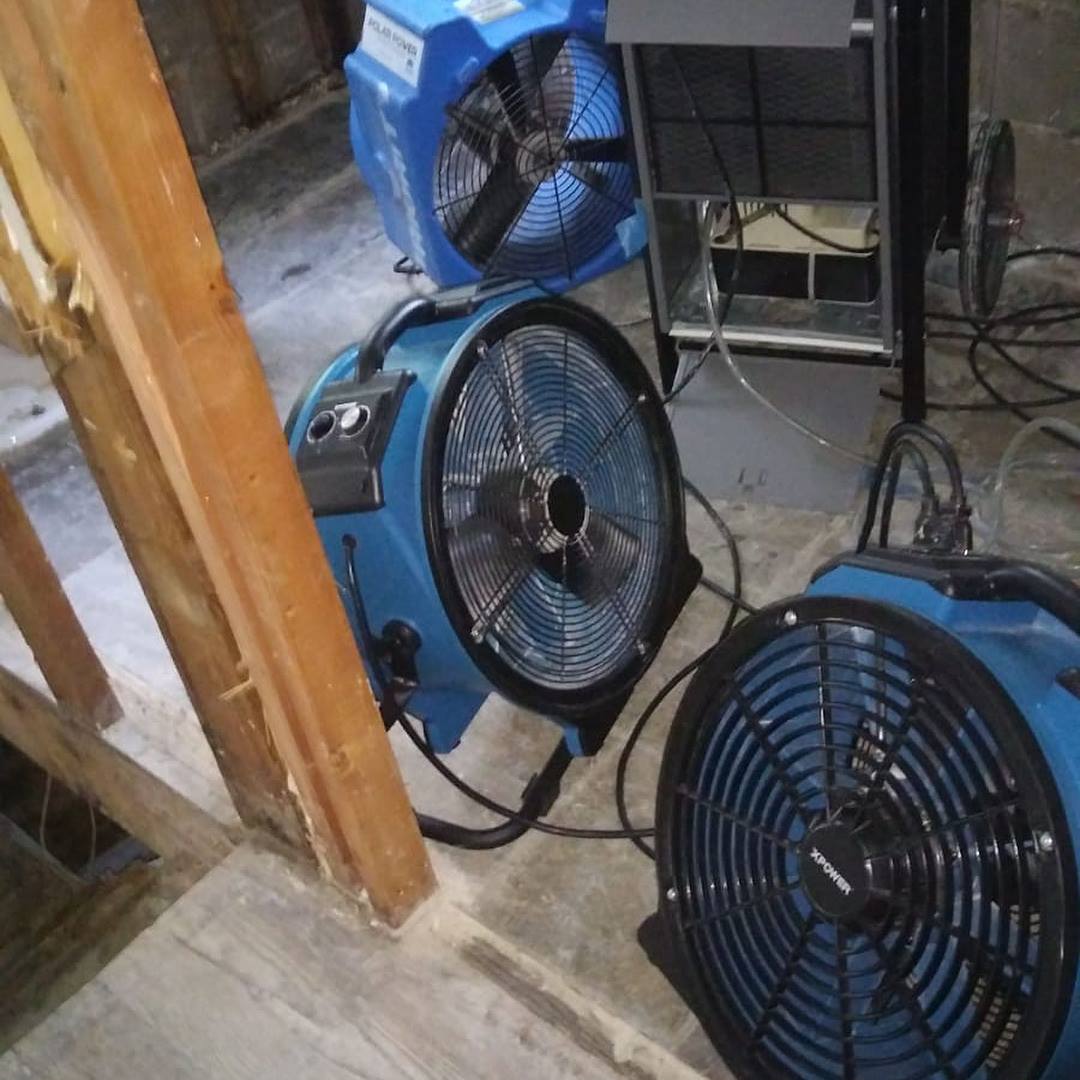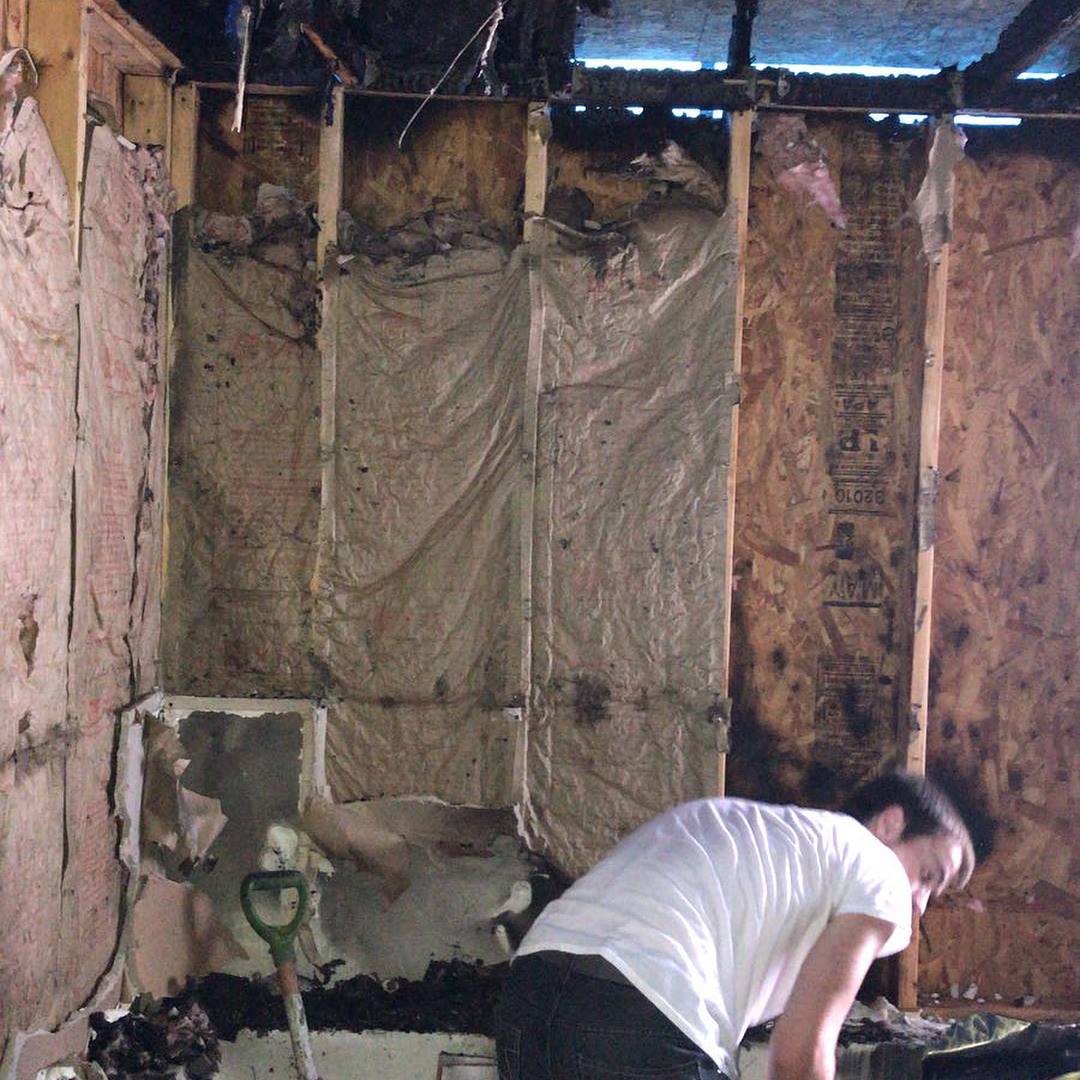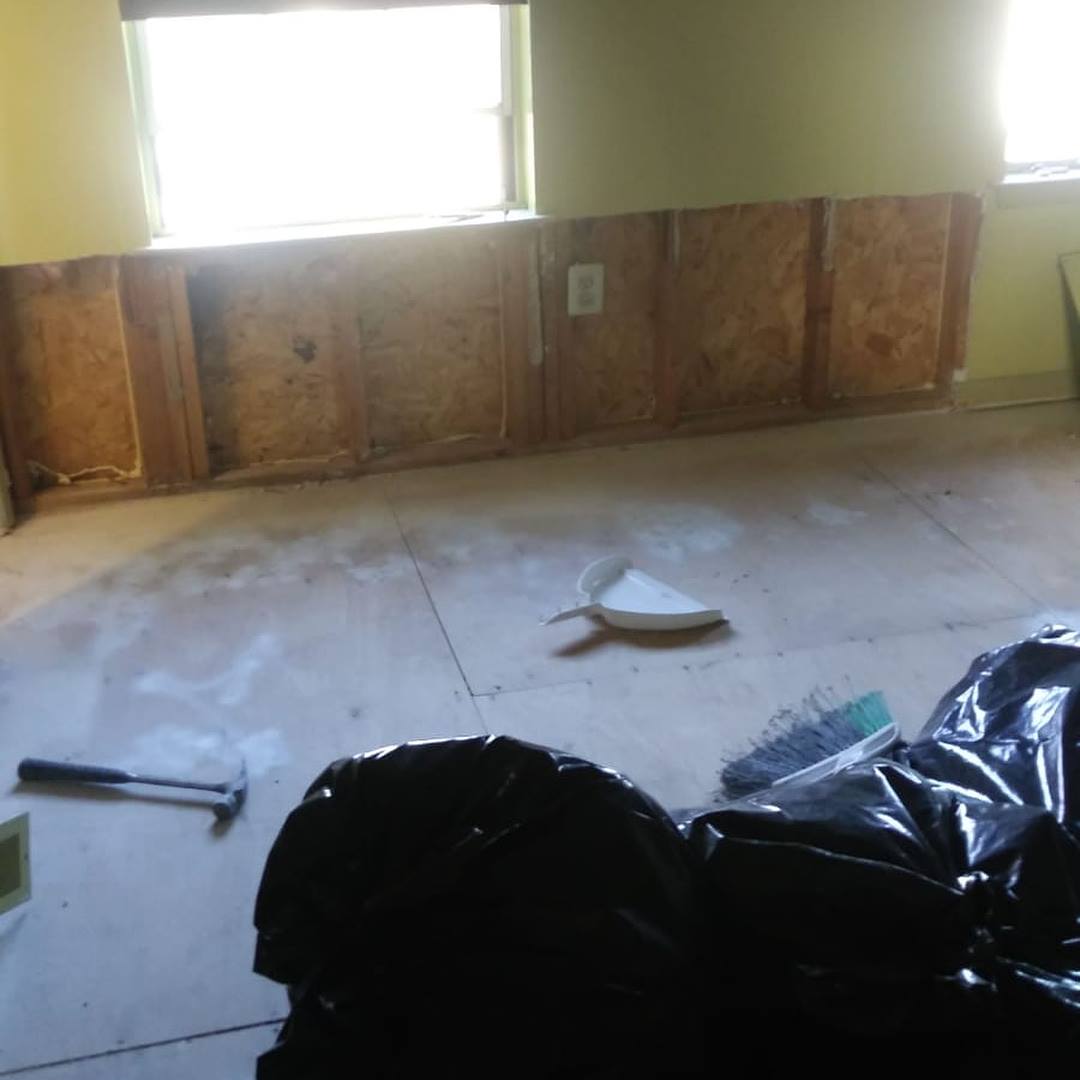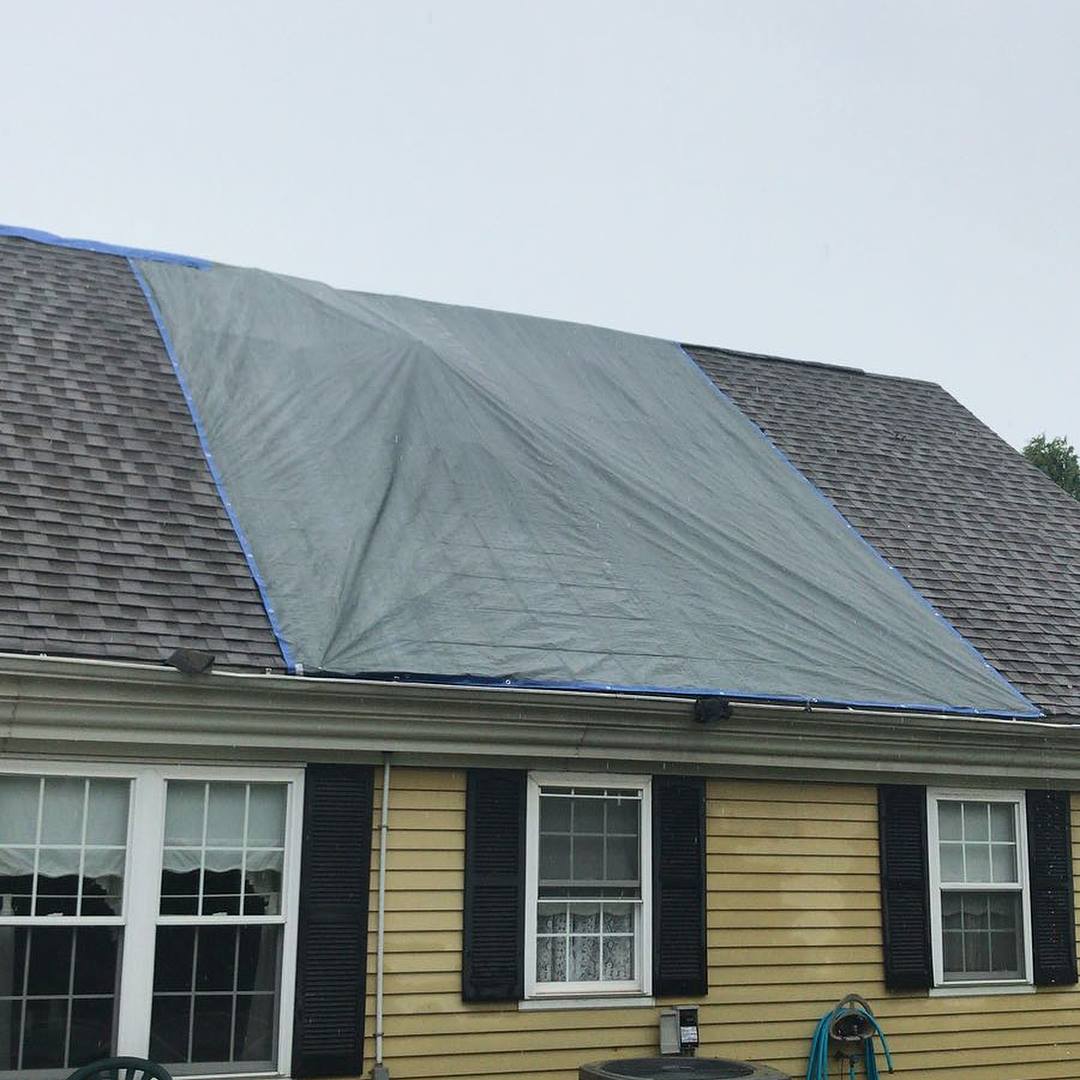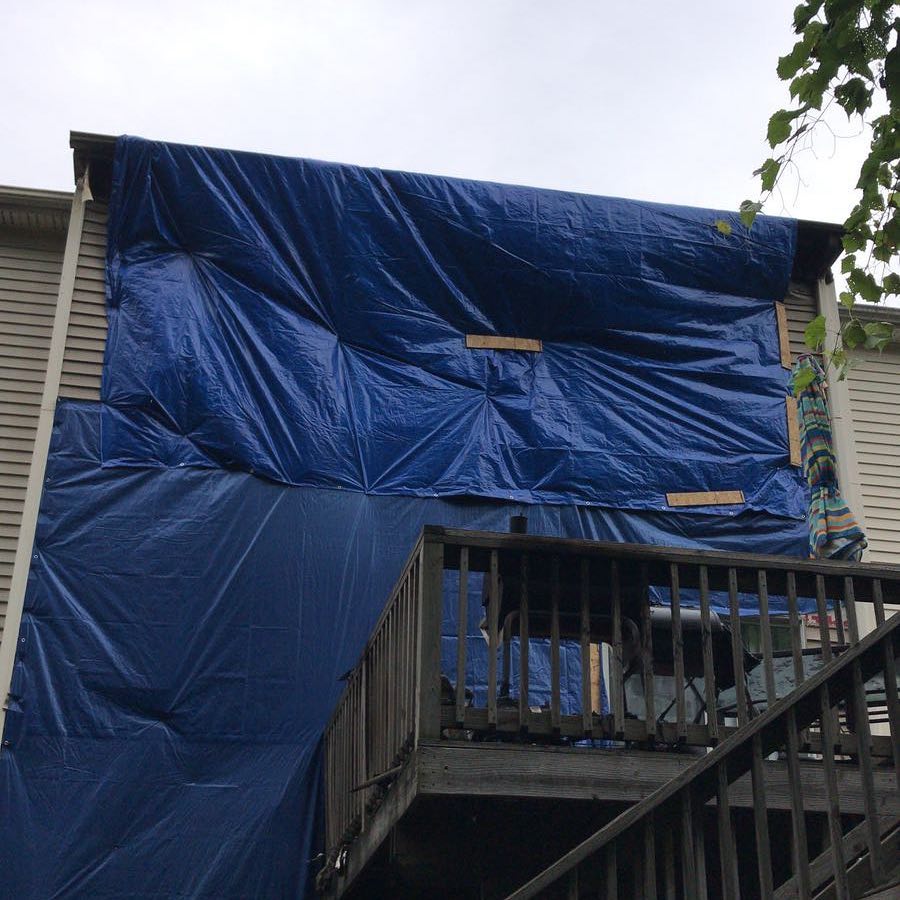
When dealing with overflowing sink and bathtub flood damage, you need a reliable and local team of Philly damage restoration experts in your corner. We've restored 100s of properties, both residential and commercial, in the Philly area and we're ready to come out and help you 24/7.
We're certified, insured, and work with all insurance companies. We understand how overwhelming it can be dealing with unexpected damage so let us assist you with your claim so you can focus on getting your life back on track.

Request a Free Estimate
or call (445) 234-4123
By submitting the form, you agree to our Terms of Service and Privacy Policy.
Sink and bathtub overflows are common culprits of water damage, leading to extensive repairs and potential health hazards. Whether it's a slow leak or a sudden flood, the consequences can be severe if not promptly and properly addressed. In this article, we will provide specific advice on how to prevent and address water damage caused by sink and bathtub overflows.
Types and Brands of Sinks and Bathtubs
Understanding the types and brands of sinks and bathtubs can help you identify potential issues and take preventive measures. Common types of sinks include:
- Undermount Sinks: Installed under the countertop, these sinks provide a sleek look but require proper sealing to prevent leaks.
- Drop-In Sinks: These sinks are easy to install but can be prone to leaks if the rim seal fails.
- Vessel Sinks: Sitting on top of the counter, vessel sinks are stylish but require secure plumbing connections to avoid leaks.
Popular brands such as Kohler, American Standard, and Moen offer high-quality sinks, but even the best products can experience issues without proper maintenance.
Bathtubs come in various styles, including:
- Alcove Bathtubs: Installed in a three-wall enclosure, these are common in many homes. Brands like Delta and Sterling offer durable options, but improper installation can lead to water damage.
- Freestanding Bathtubs: These tubs, often made by brands like Signature Hardware and Wyndham Collection, are elegant but require careful plumbing to prevent leaks.
- Whirlpool Bathtubs: Equipped with jets, these tubs from brands like Jacuzzi and Kohler need regular maintenance to avoid overflow and mechanical failures.
Preventing Sink and Bathtub Overflows
- Regular Inspections: Routinely check the seals and connections of your sinks and bathtubs. Look for any signs of wear and tear, such as cracks, loose fittings, or corrosion. Early detection of these issues can prevent significant water damage.
- Install Overflow Drains: Many modern sinks and bathtubs come with overflow drains. Ensure these are clear of debris and functioning correctly. If your fixtures don’t have them, consider retrofitting them with overflow protection.
- Use Quality Fixtures: Invest in high-quality fixtures from reputable brands. While this might seem costly initially, it can save you from expensive repairs down the line. Brands like Grohe, Delta, and Hansgrohe are known for their reliability.
- Monitor Water Levels: Always be mindful of water levels when filling bathtubs. Install water level alarms for added security, which can alert you to potential overflows before they cause damage.
- Check for Blockages: Regularly clean drains to prevent clogs. Hair, soap scum, and other debris can cause blockages that lead to overflows. Using drain covers can help catch larger debris before it enters your plumbing system.
Addressing Water Damage
If you experience a sink or bathtub overflow, swift action is crucial to minimize water damage:
- Turn Off the Water Supply: Immediately shut off the water to the affected area to stop the flow and reduce further damage.
- Remove Standing Water: Use a wet/dry vacuum or mop to remove as much water as possible. The longer water sits, the more damage it can cause to floors, walls, and other structures.
- Dry the Area: Use fans, dehumidifiers, and open windows to promote air circulation and dry the area quickly. Mold can start to grow within 24-48 hours, so speed is essential.
- Assess and Repair Damage: Inspect the area for signs of damage, such as warped flooring, peeling paint, and water stains. Depending on the extent of the damage, you may need professional restoration services. Philly Damage Restoration specializes in assessing and repairing water damage, ensuring your home is restored to its pre-damage condition.
- Prevent Future Issues: After addressing the immediate damage, take steps to prevent future overflows. This may include replacing faulty fixtures, improving drainage, and installing flood alarms.
Frequently Asked Questions About Overflowing Sink and Bathtub Flood Damage in Philly
Dry the area as quickly as possible. Use fans, dehumidifiers, and open windows to increase air circulation. Professional drying equipment may be necessary for severe cases. Contact a water damage restoration professional like Philly Damage Restoration to ensure thorough drying and mold prevention.





















